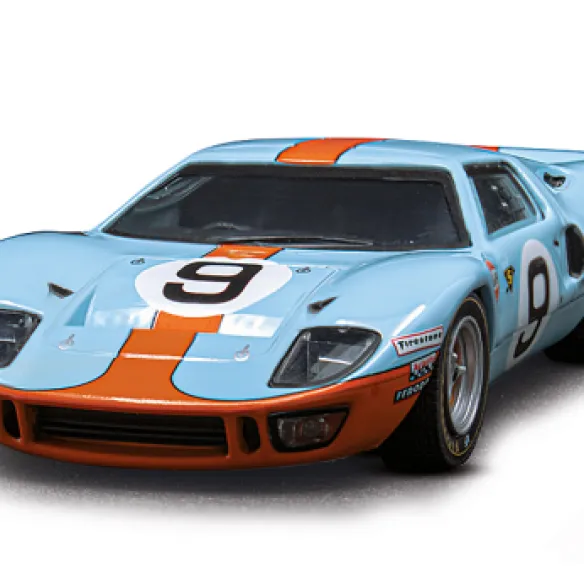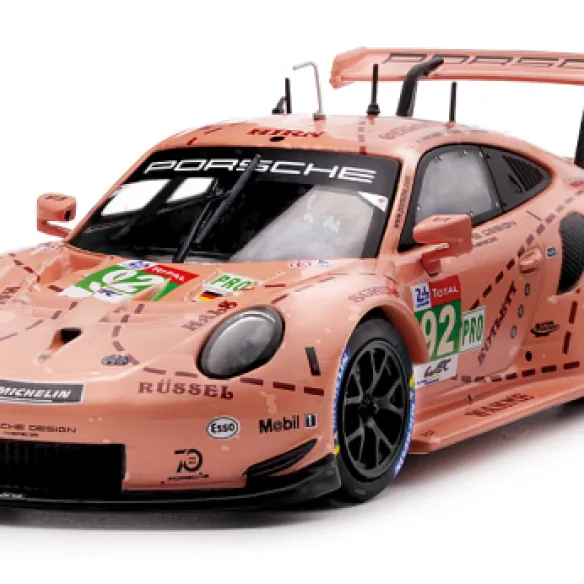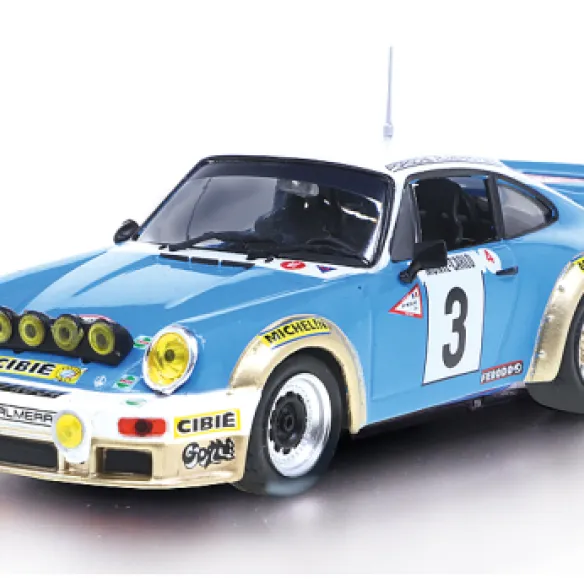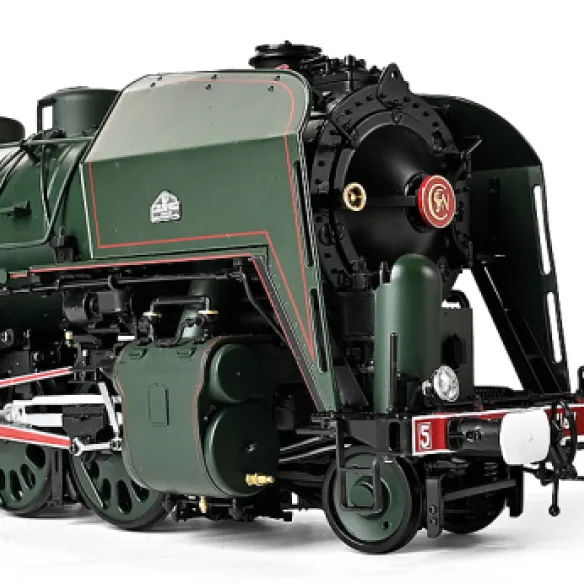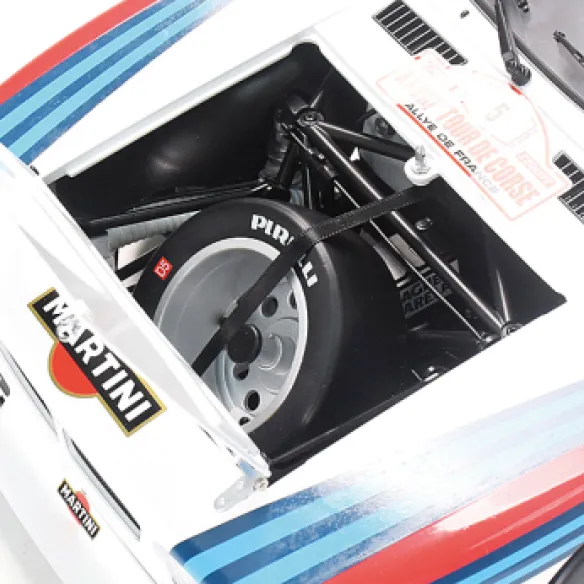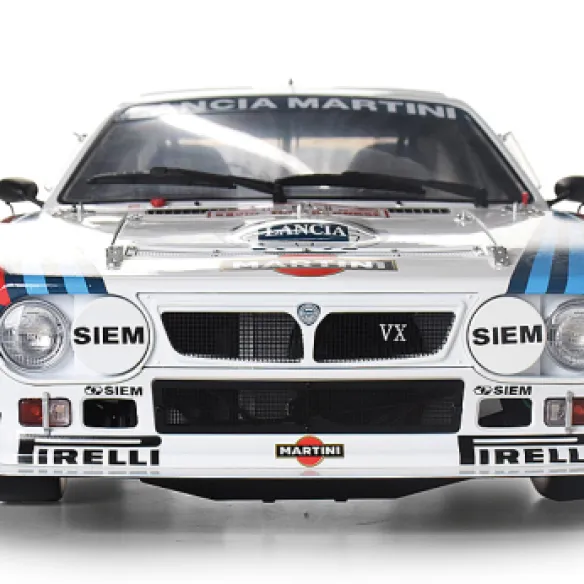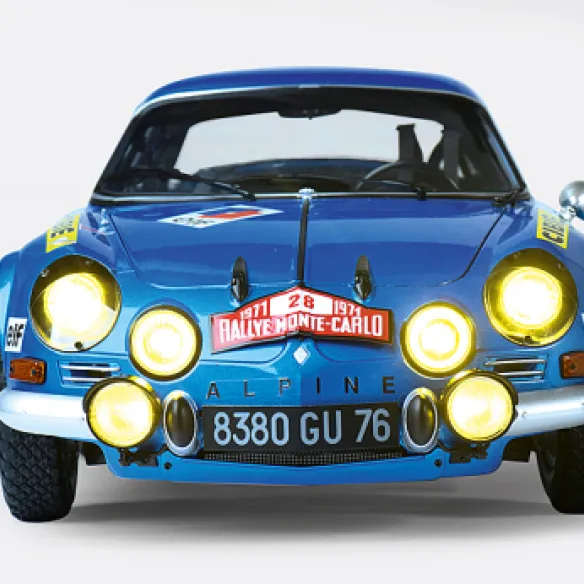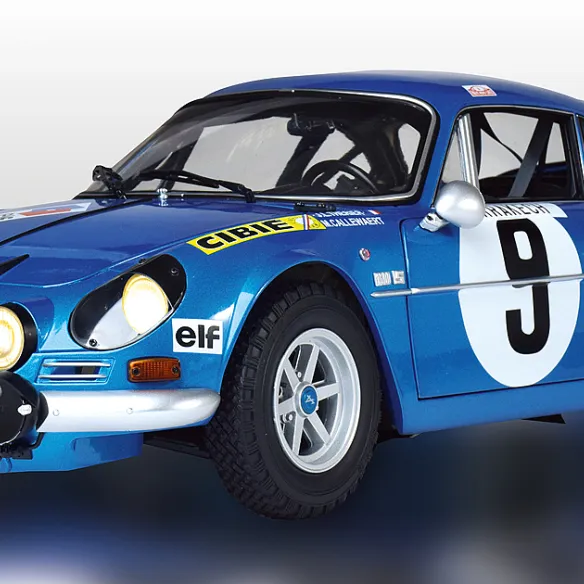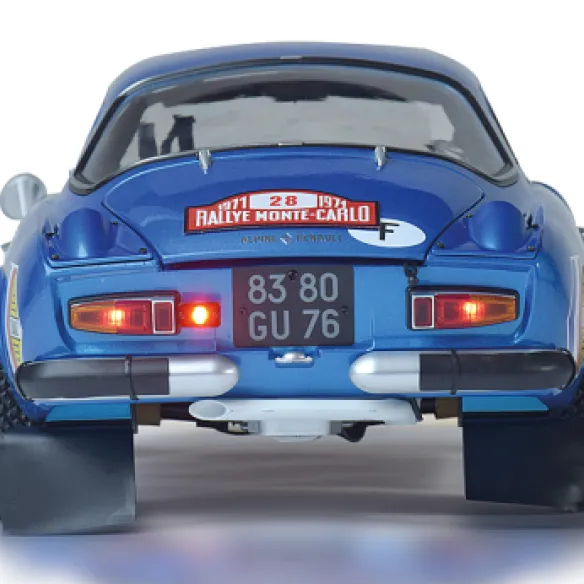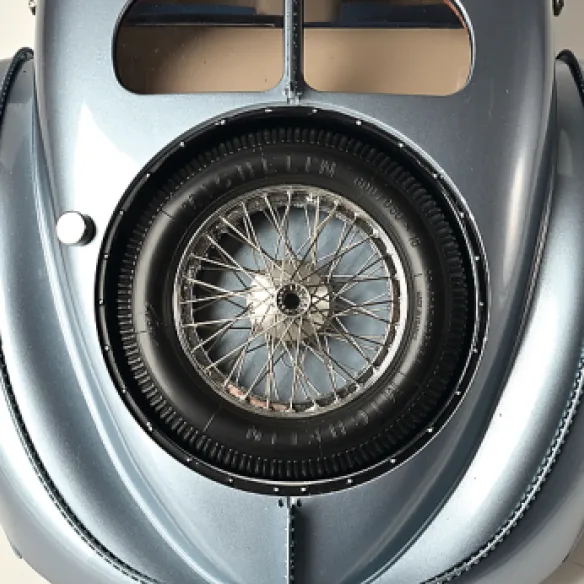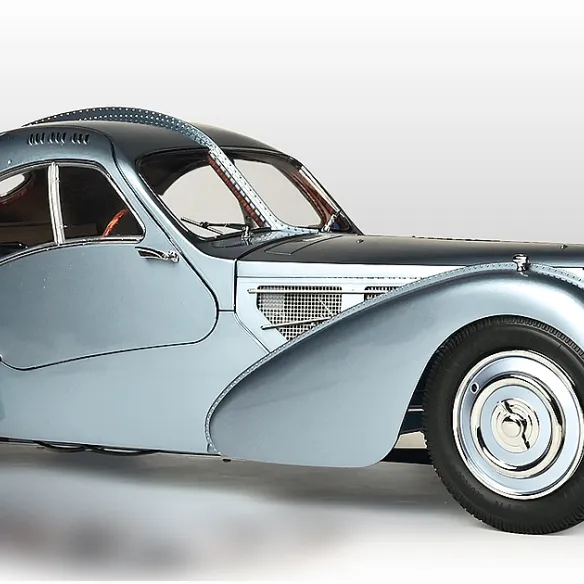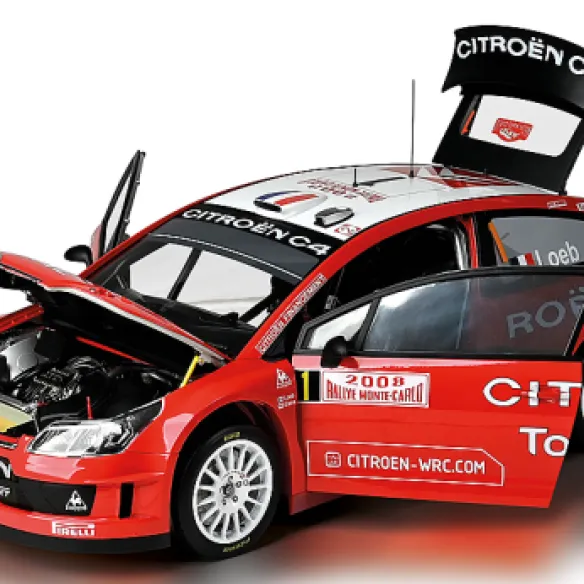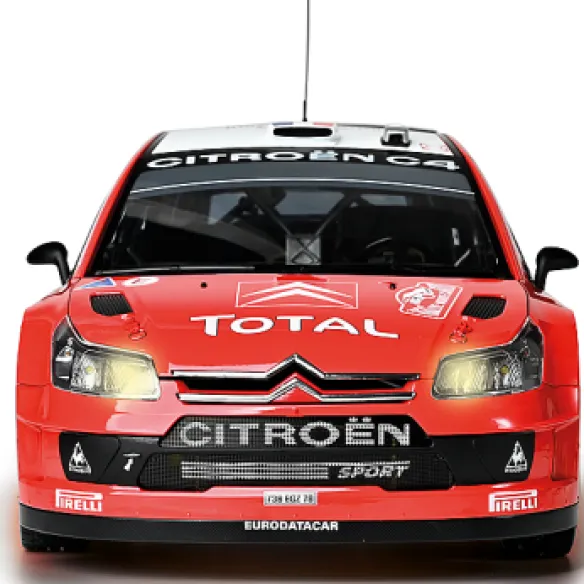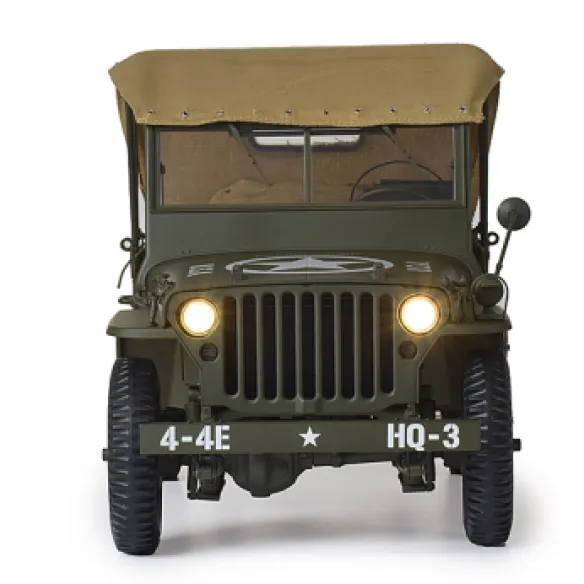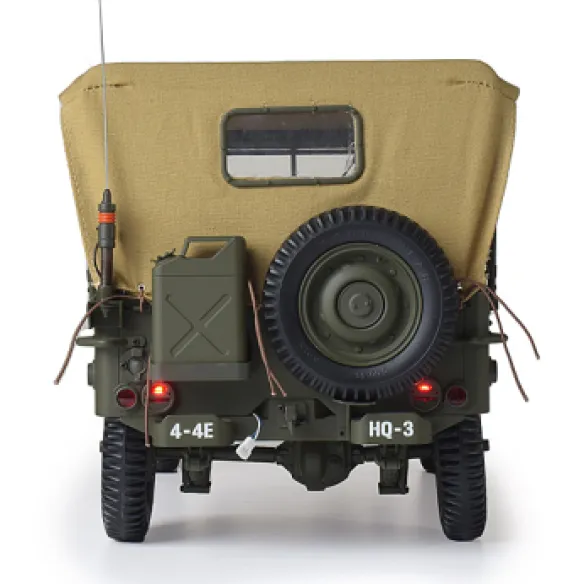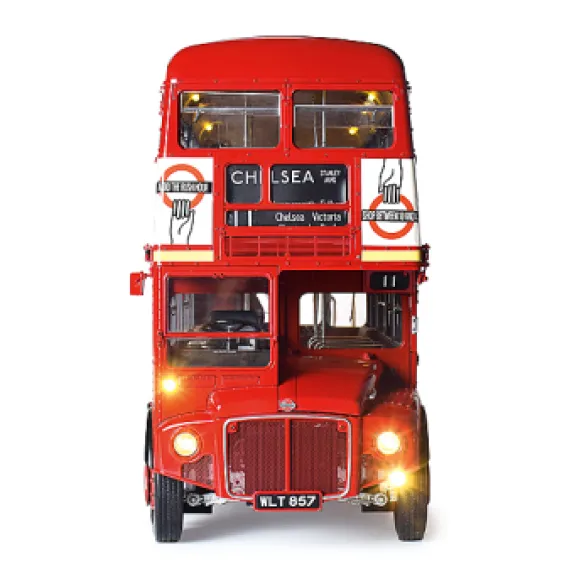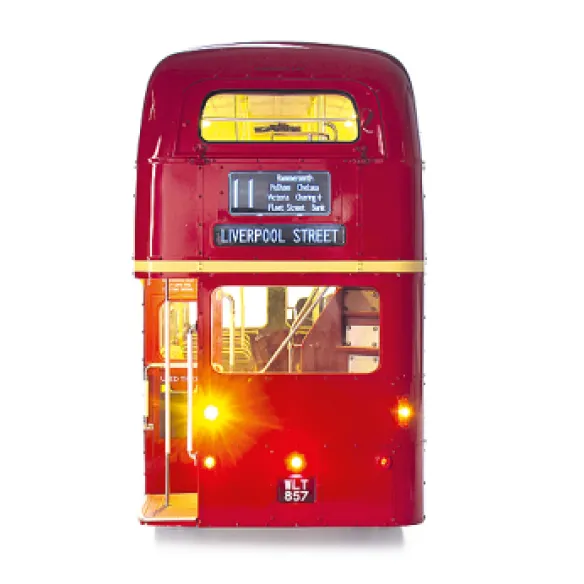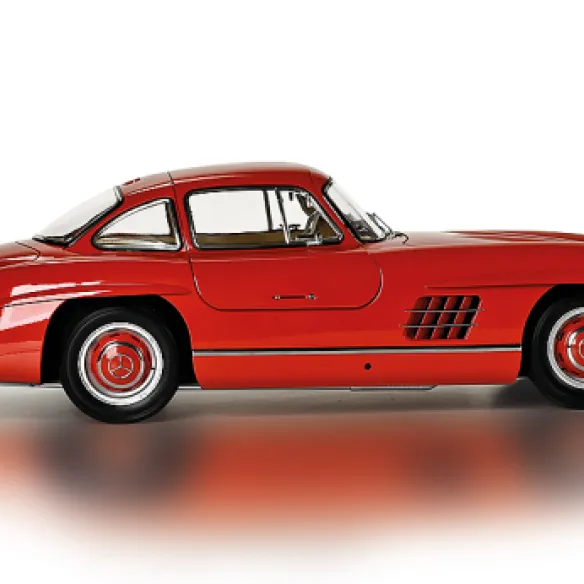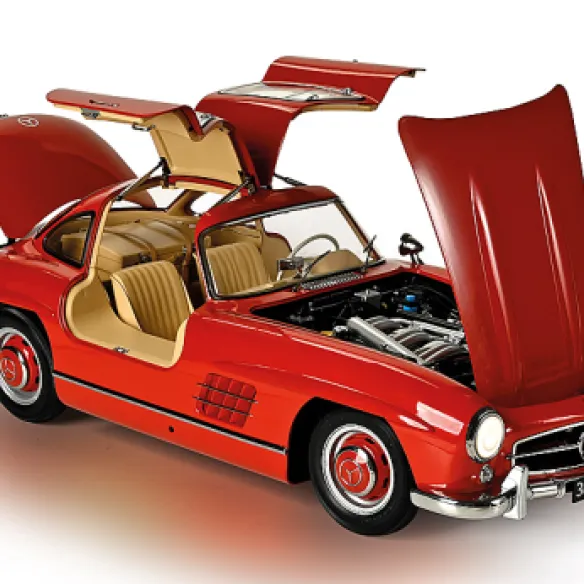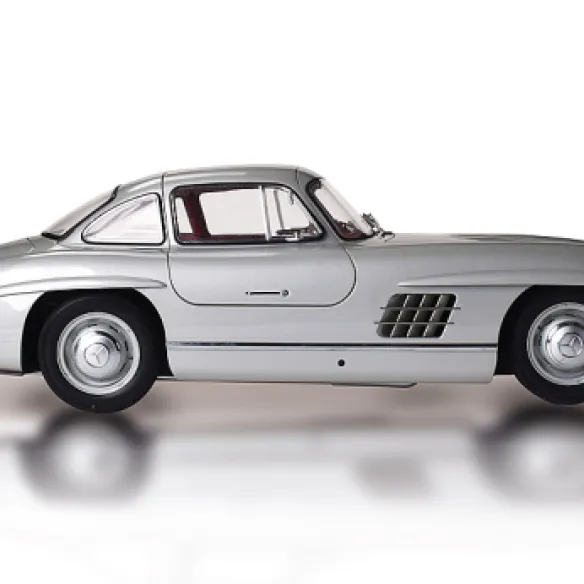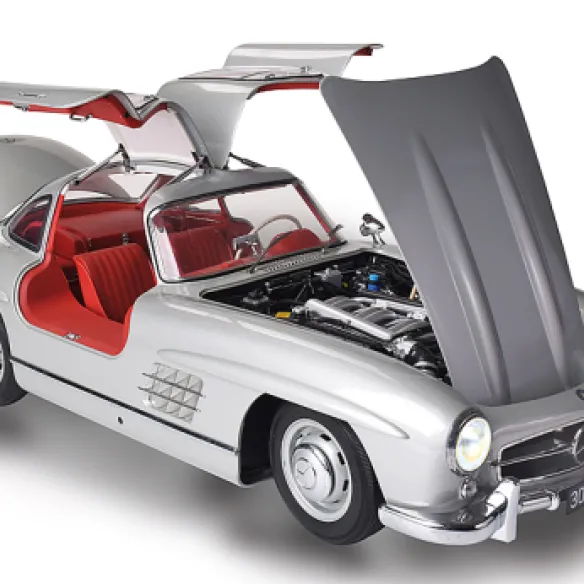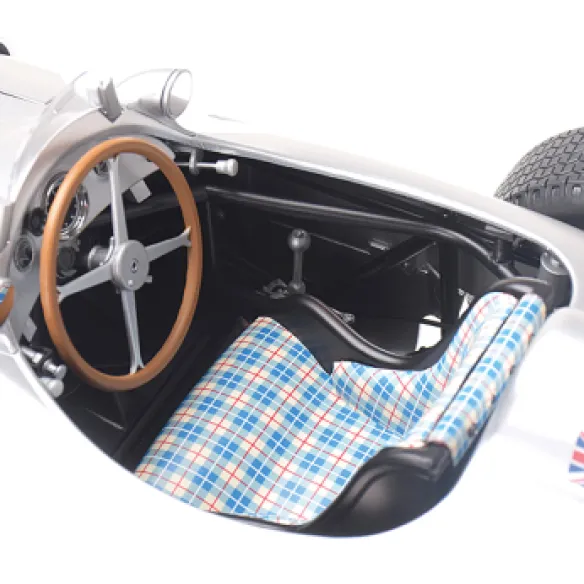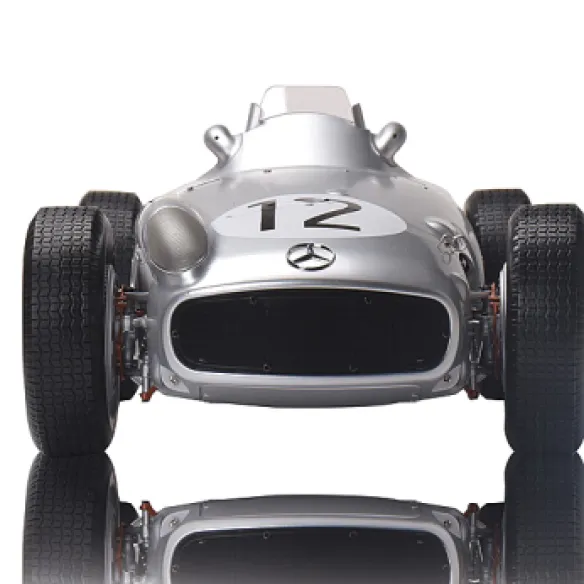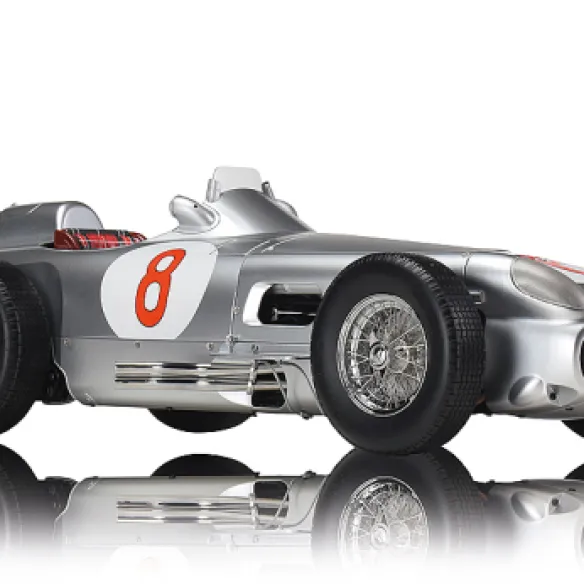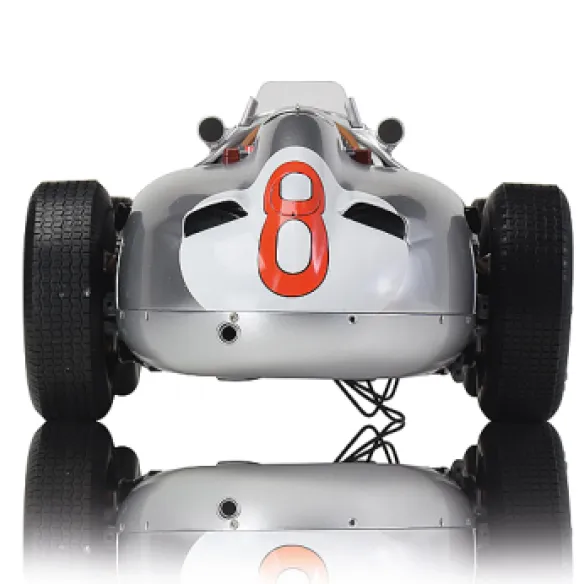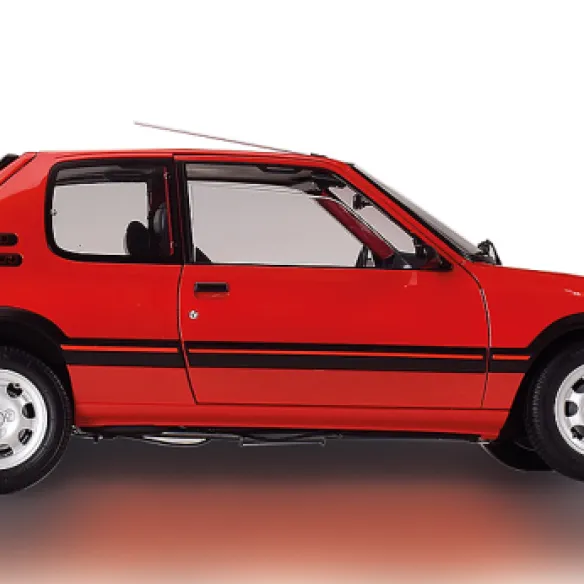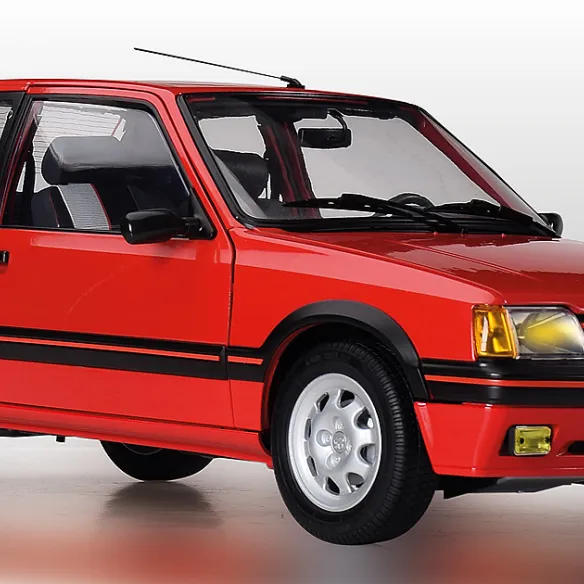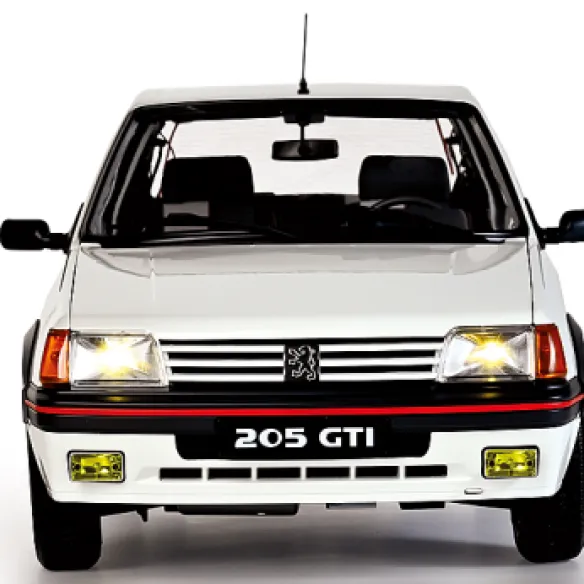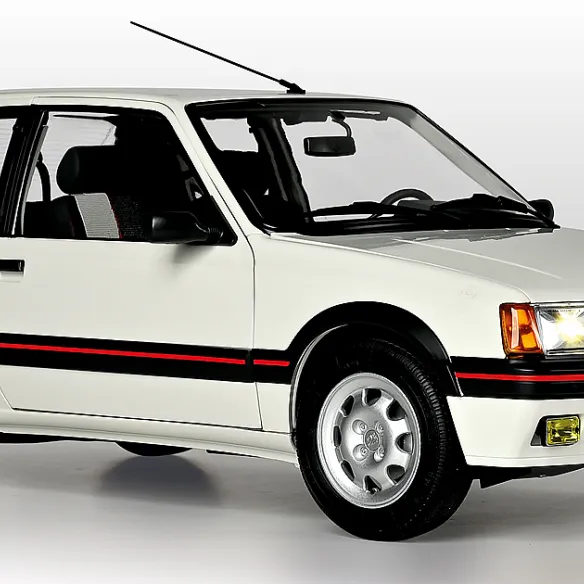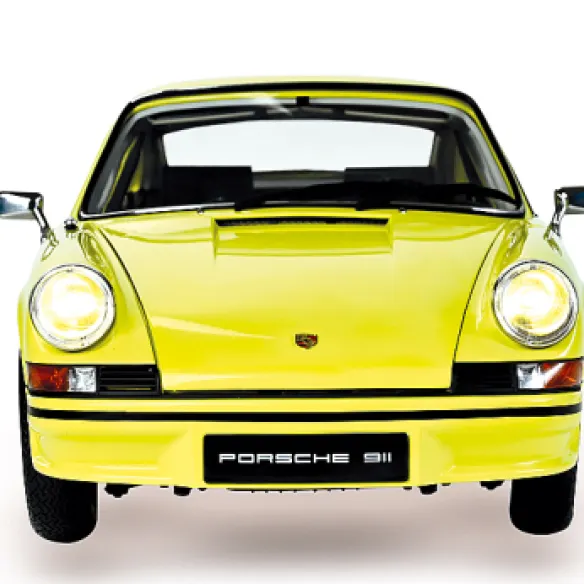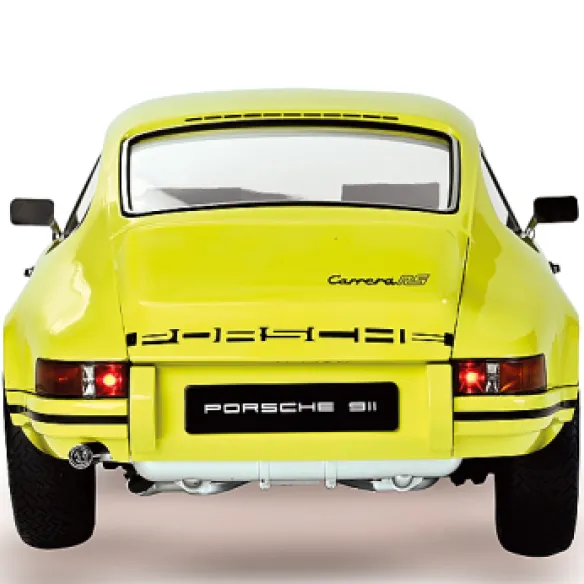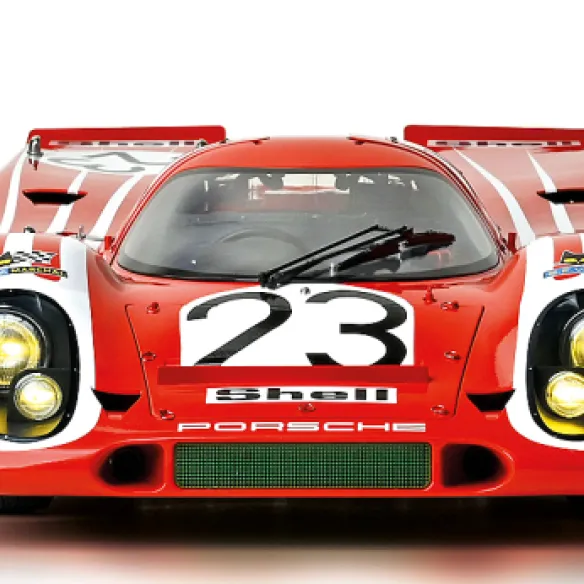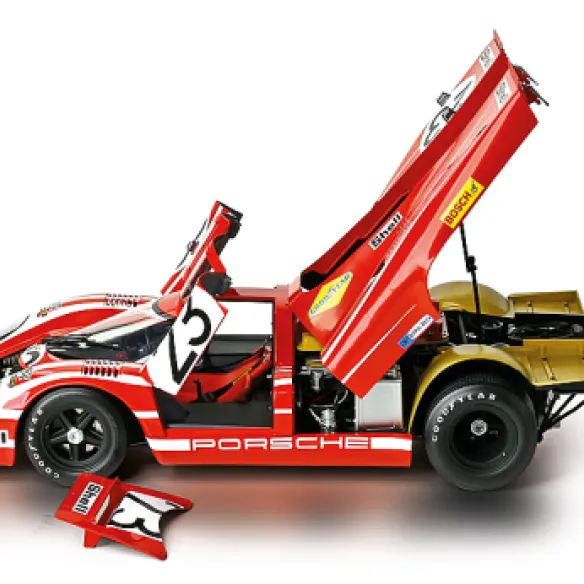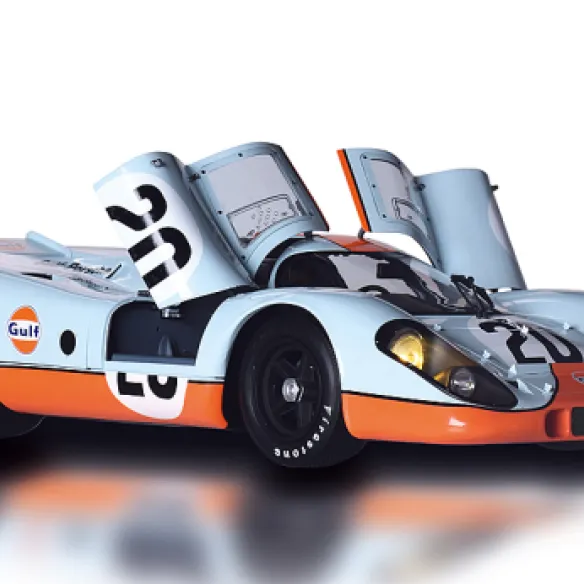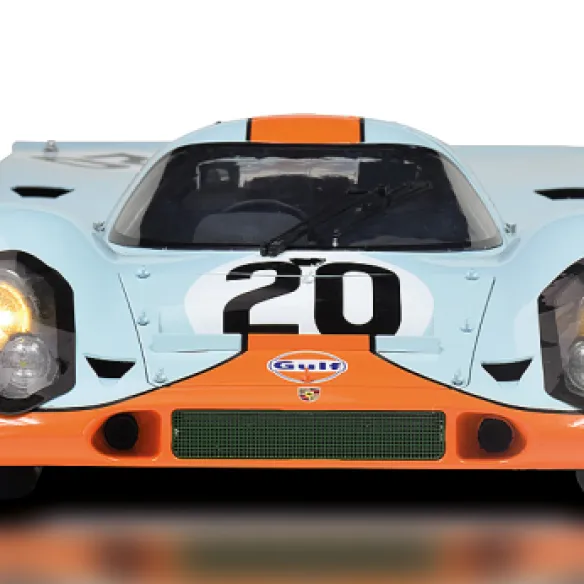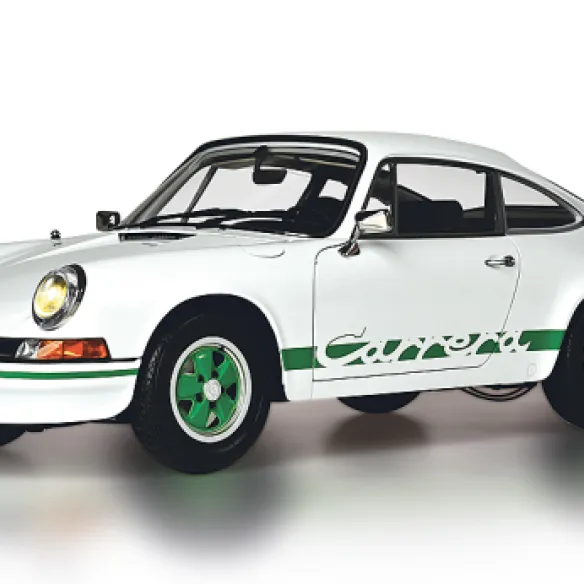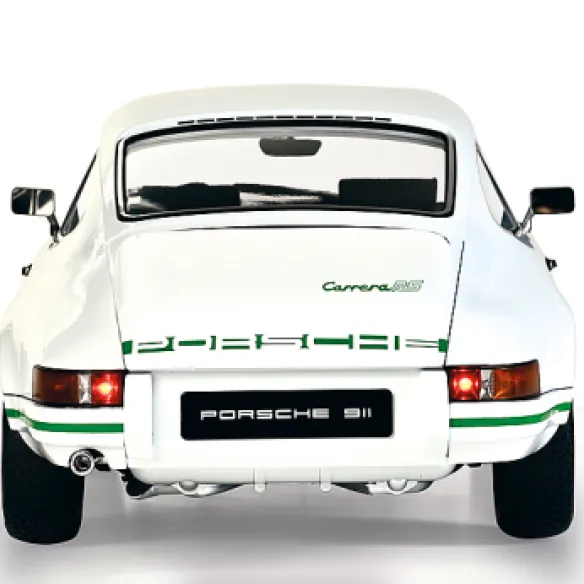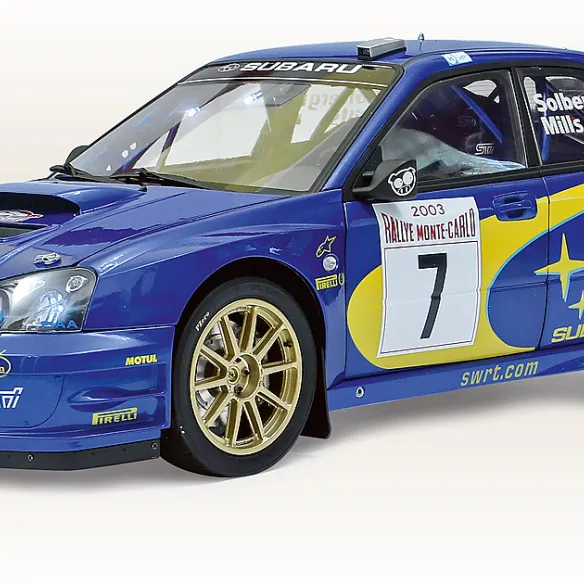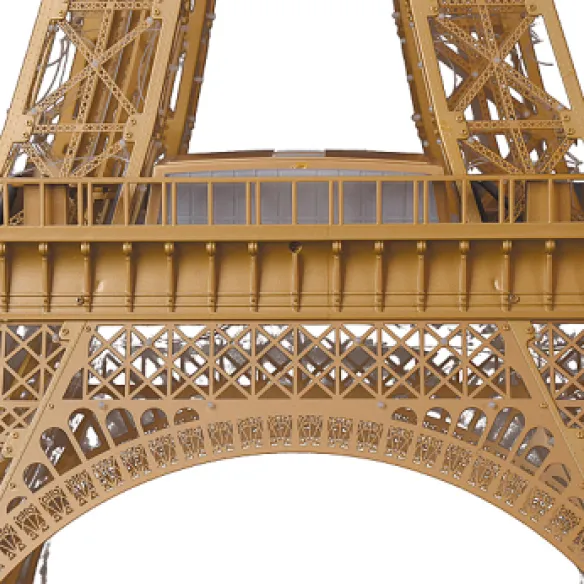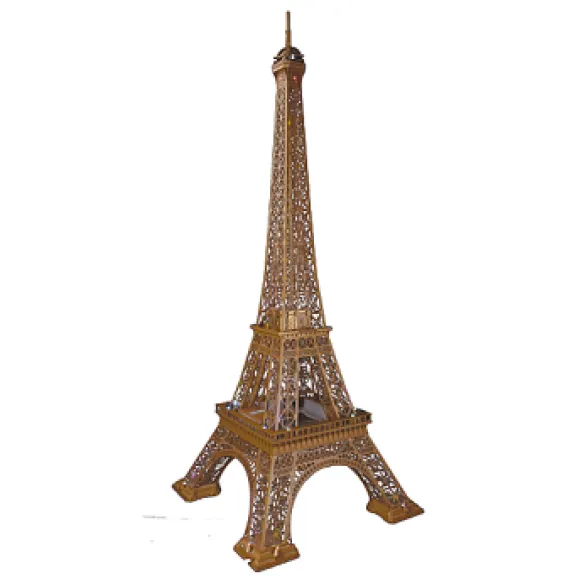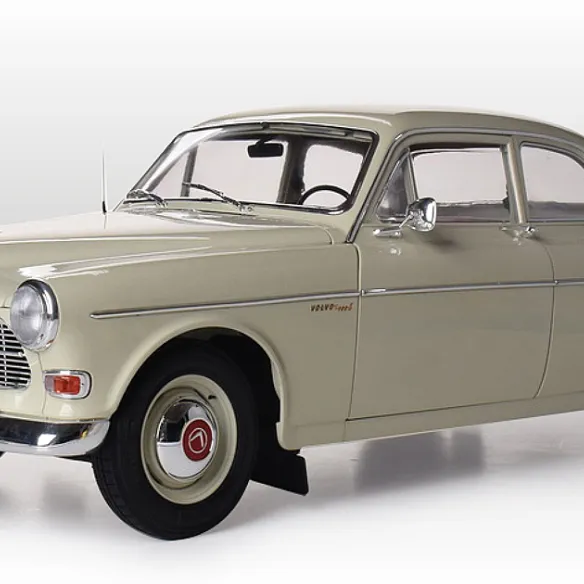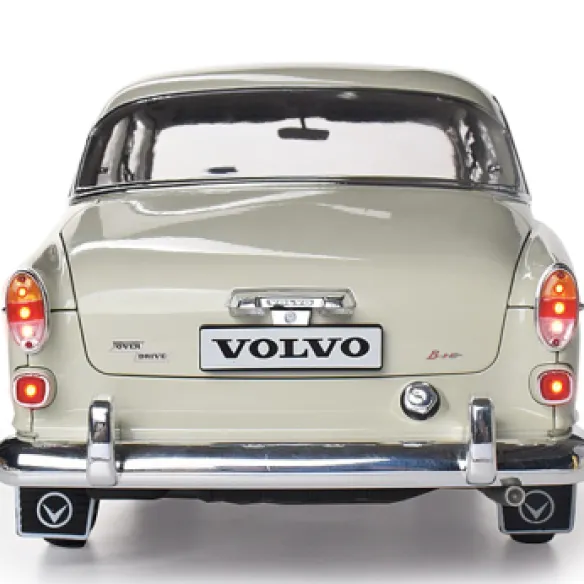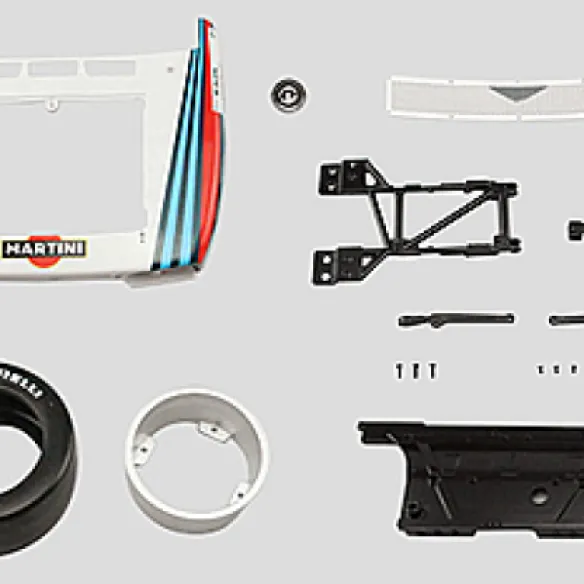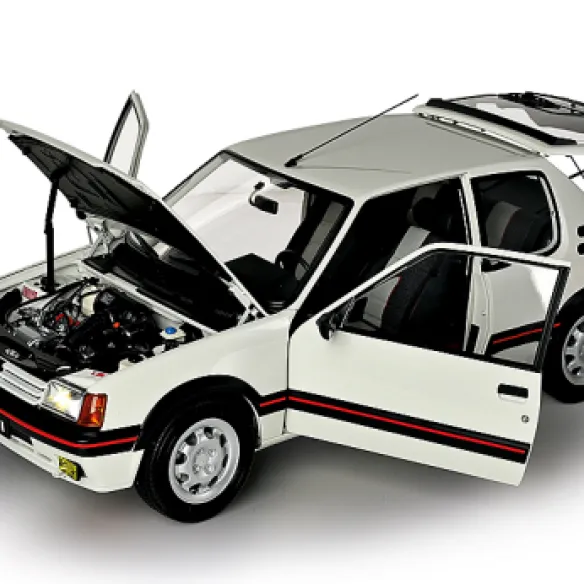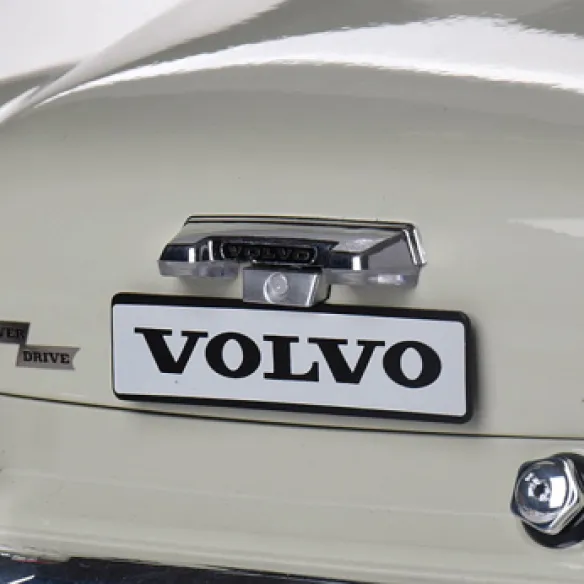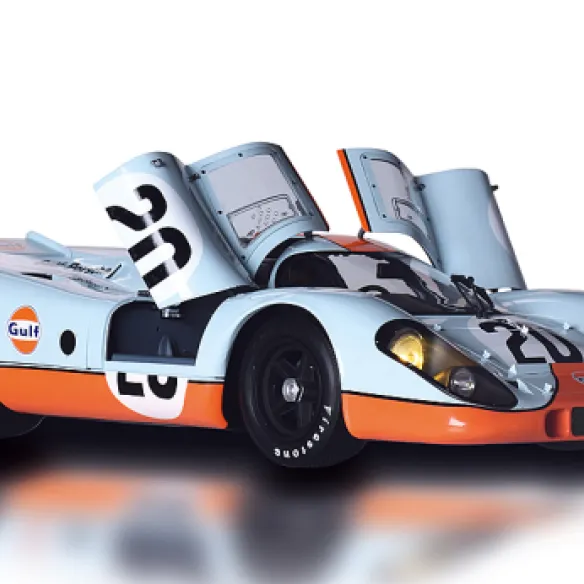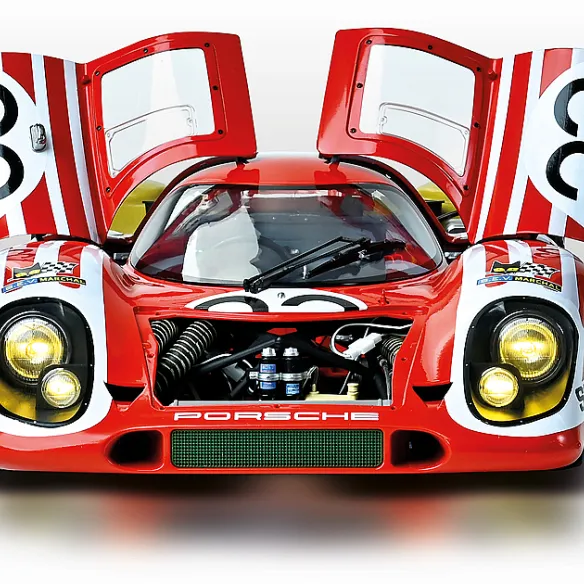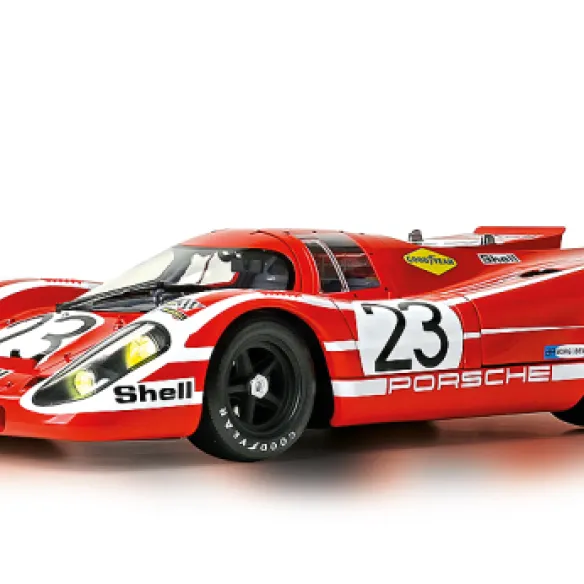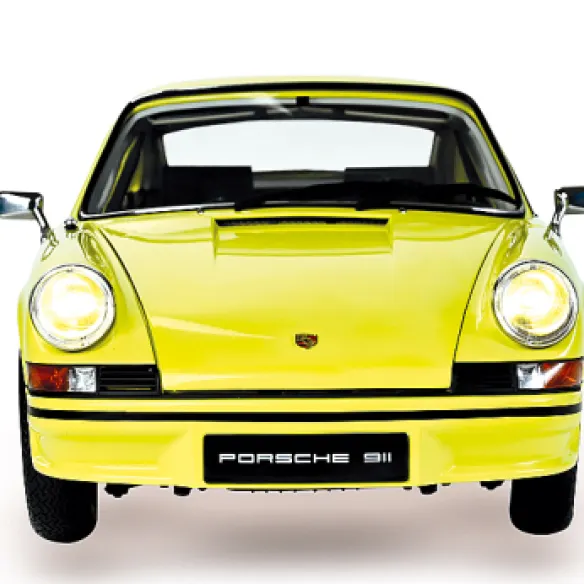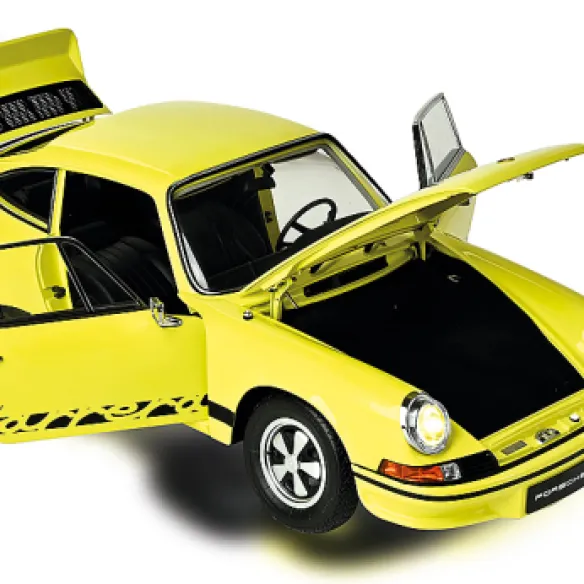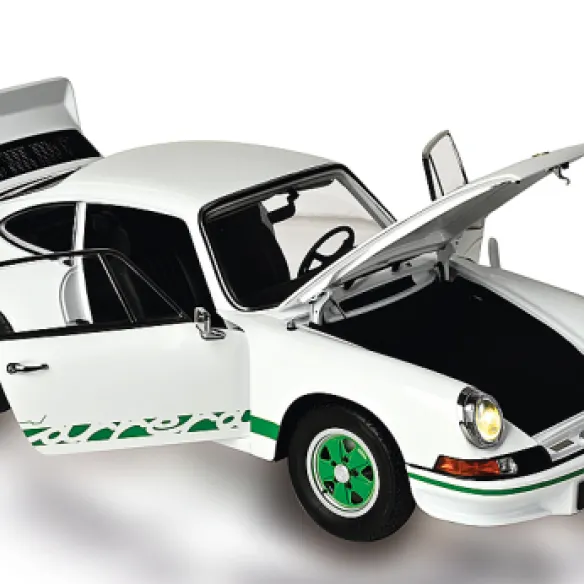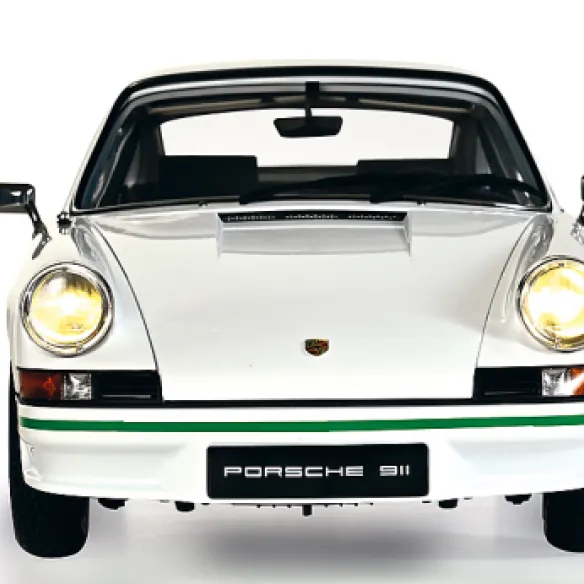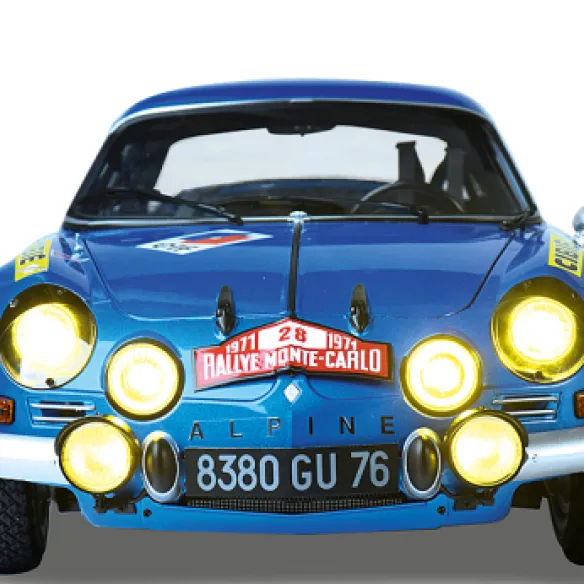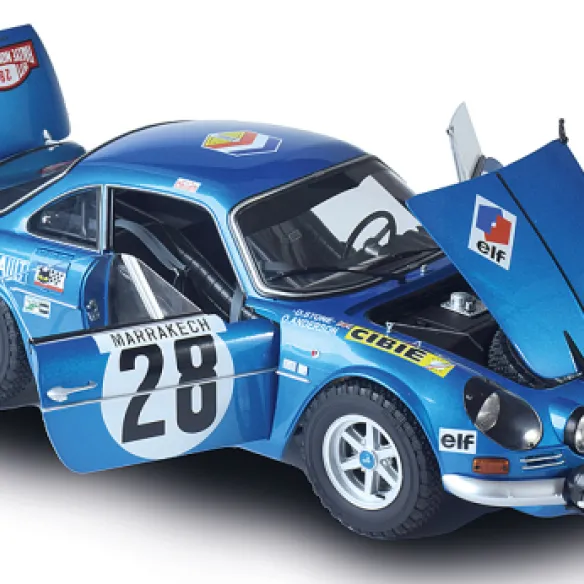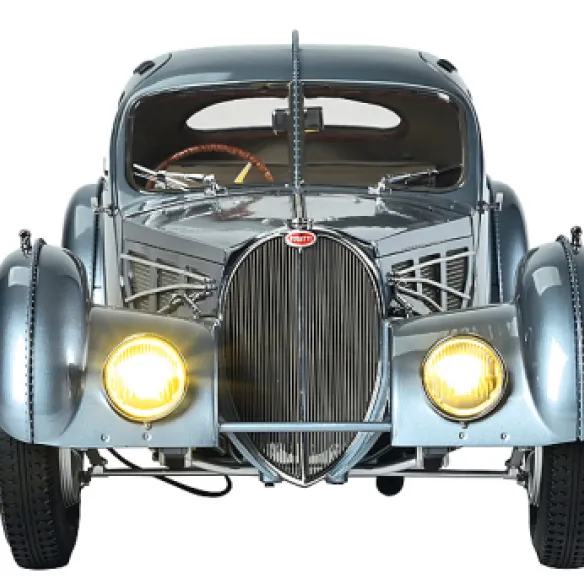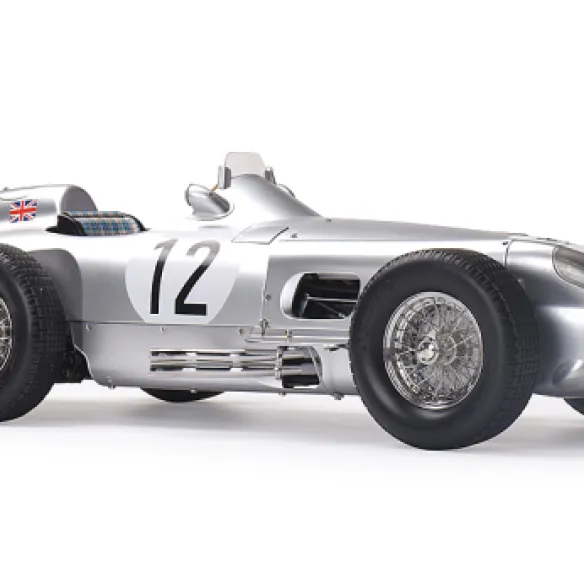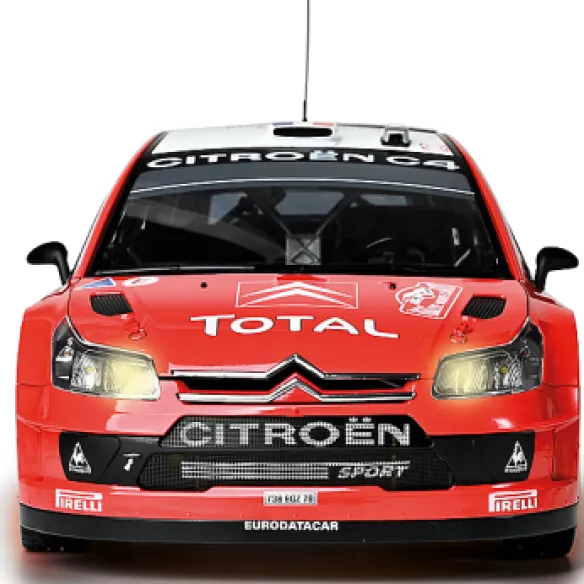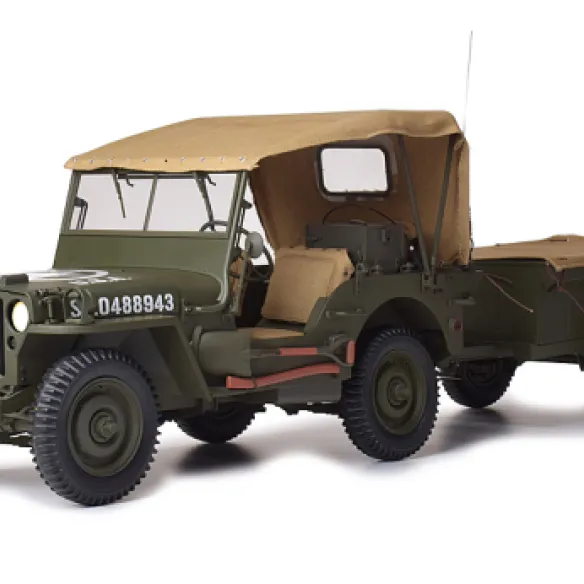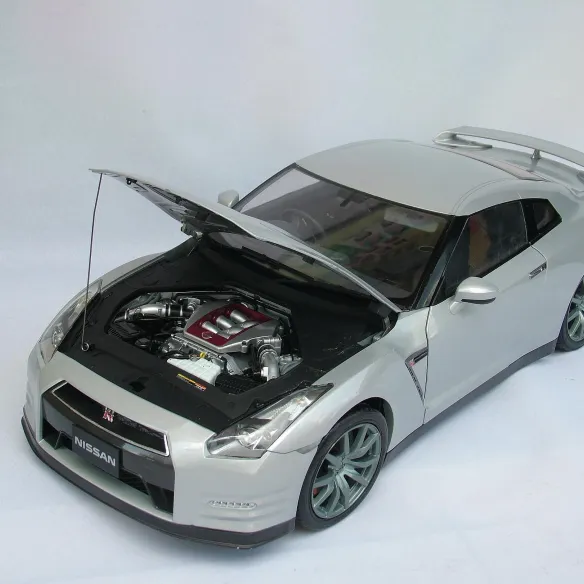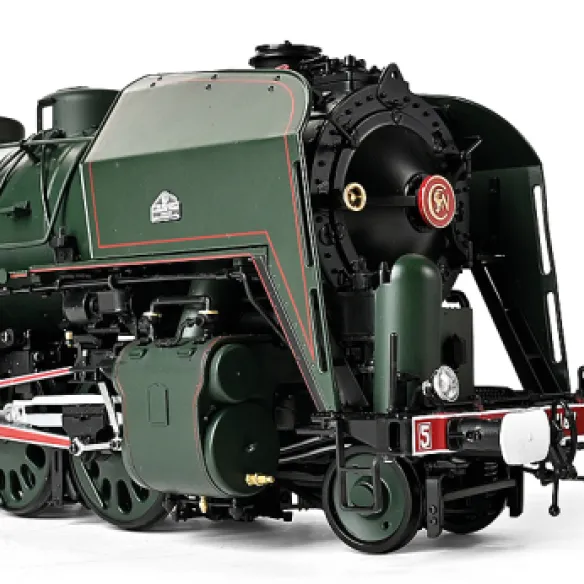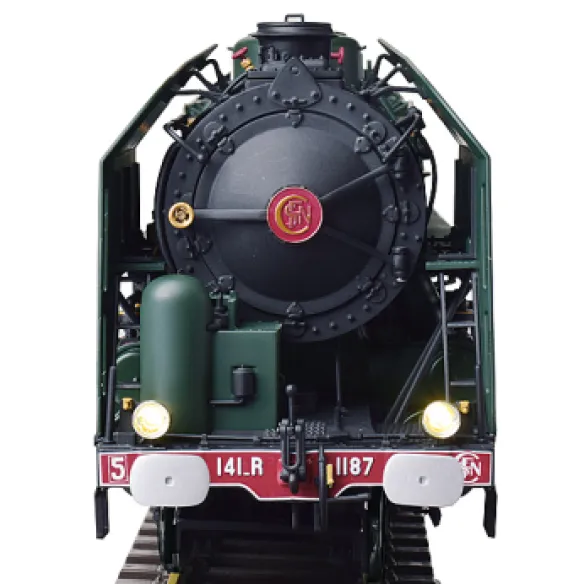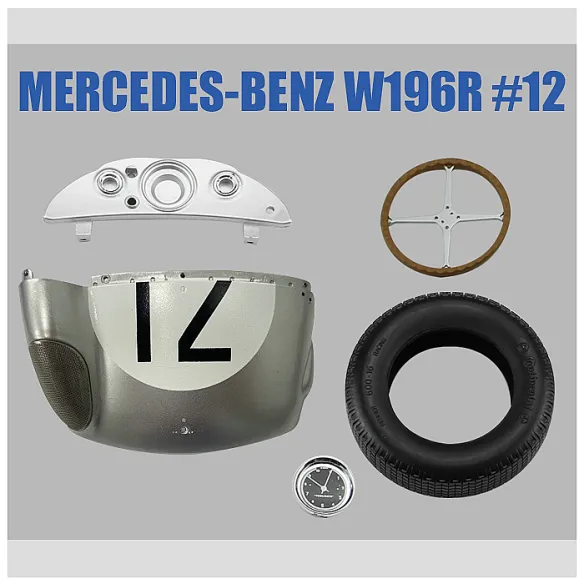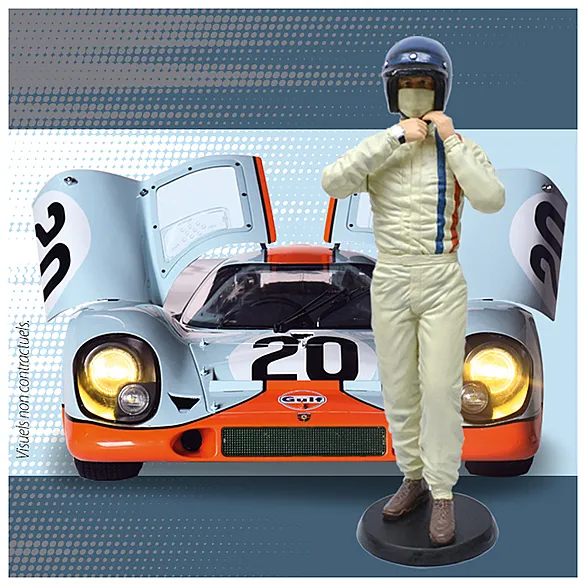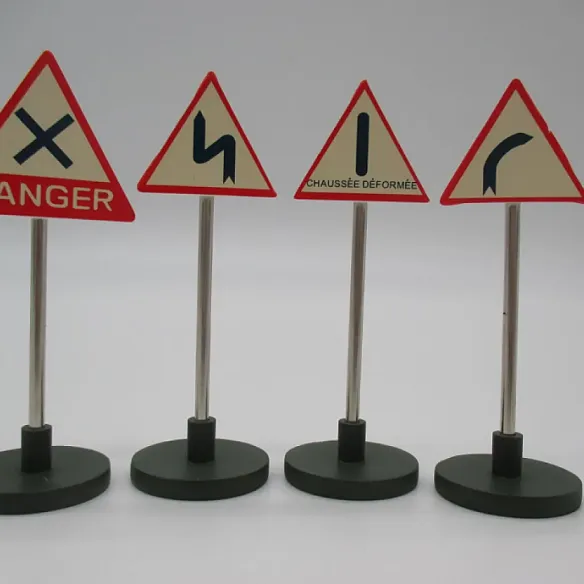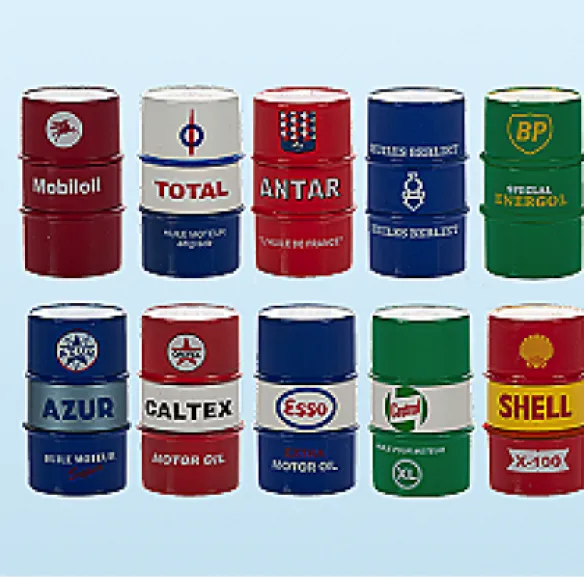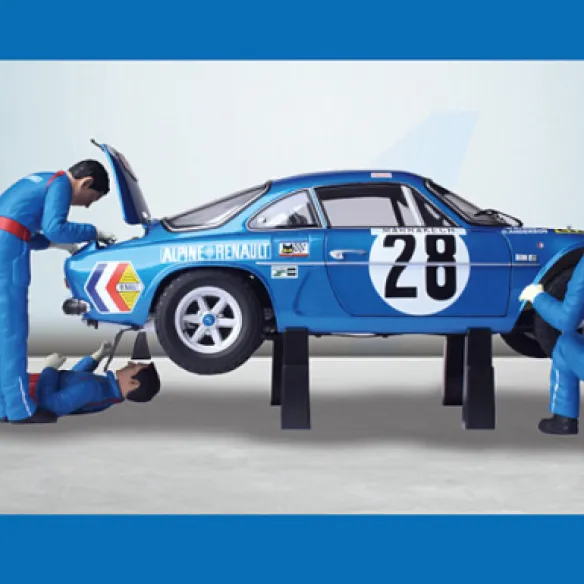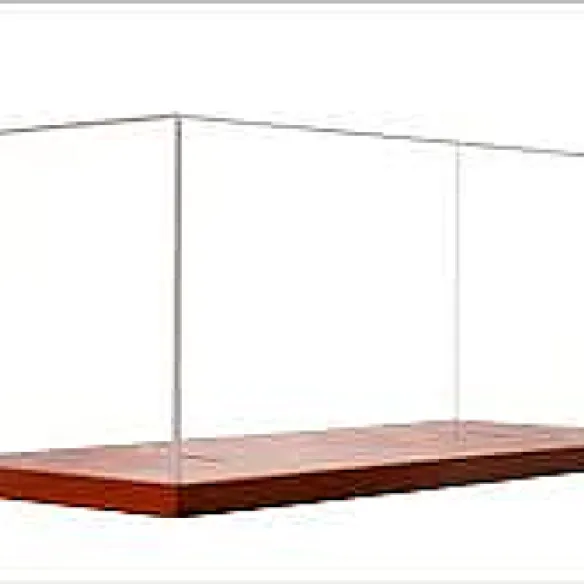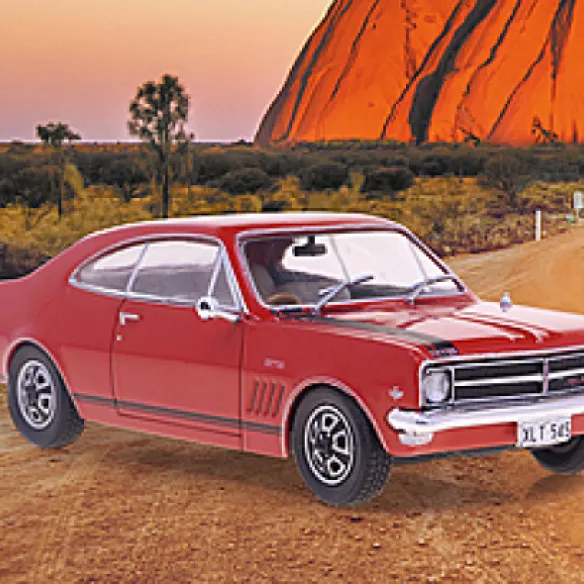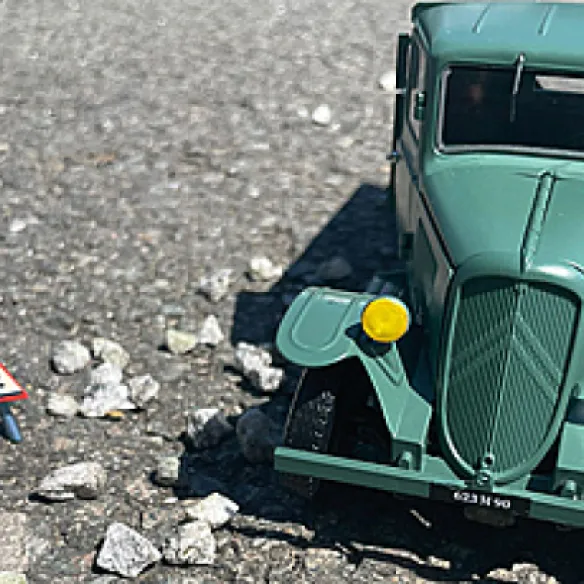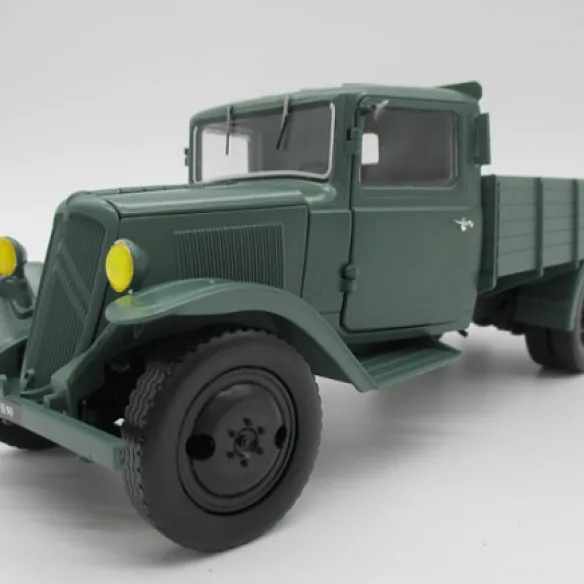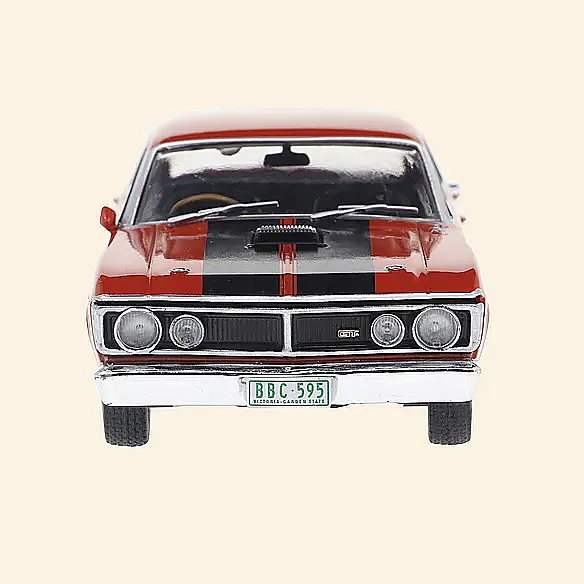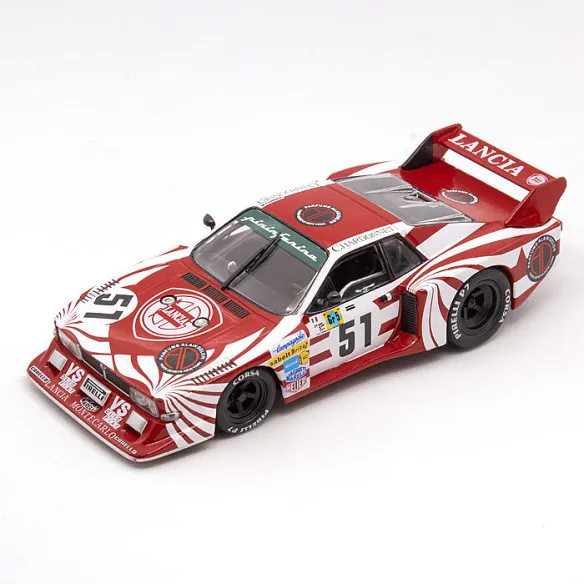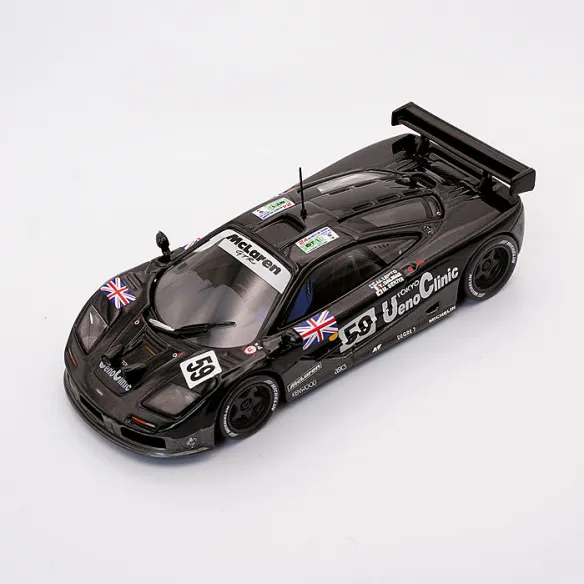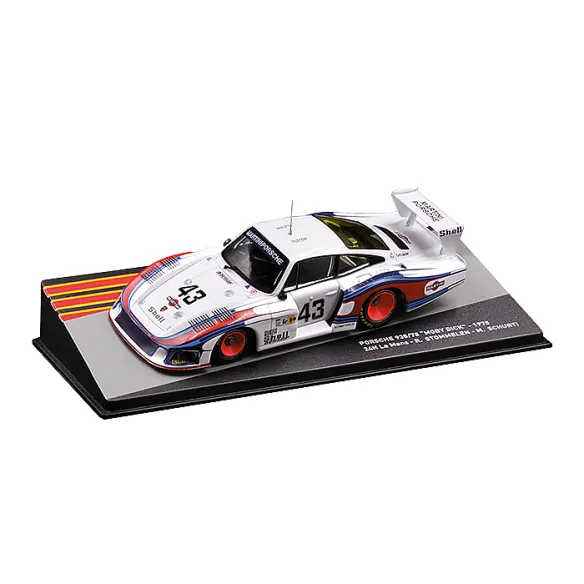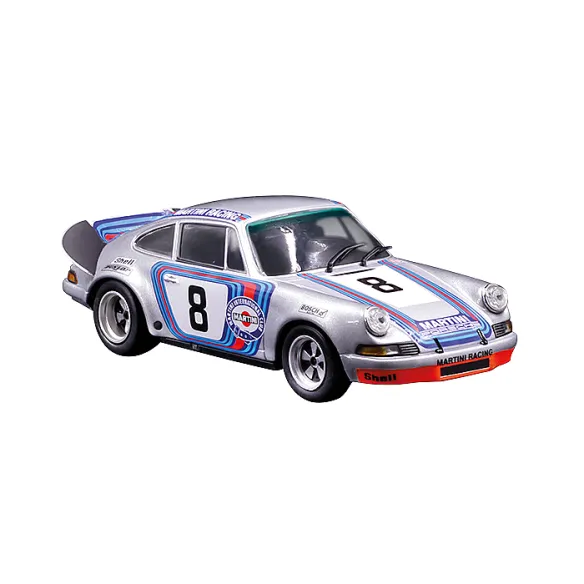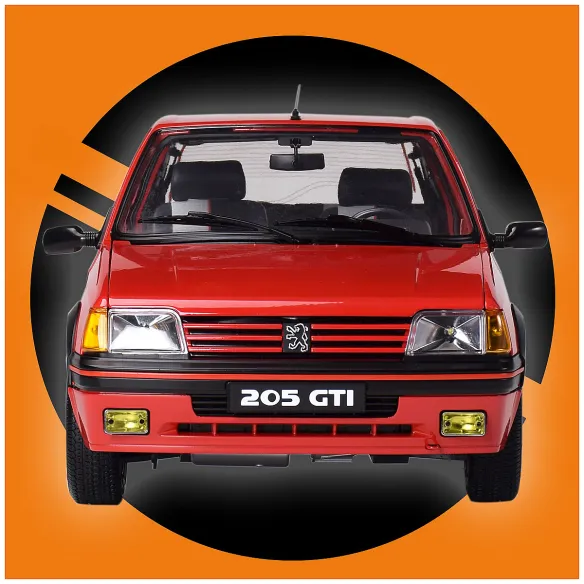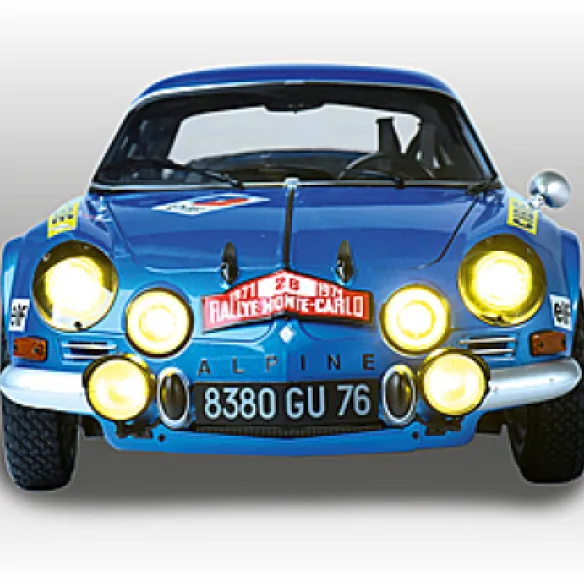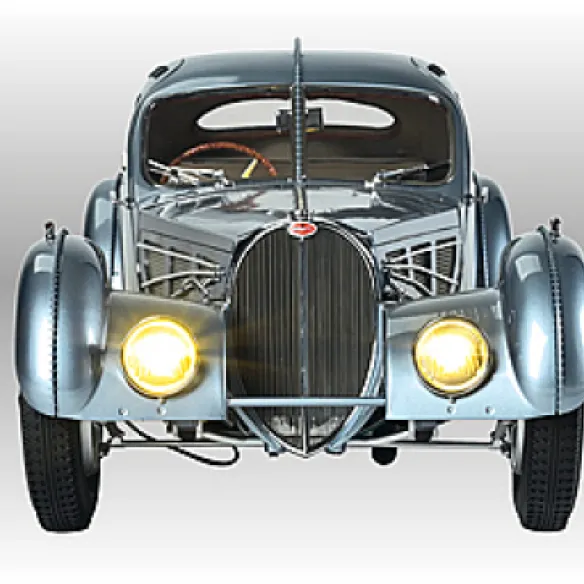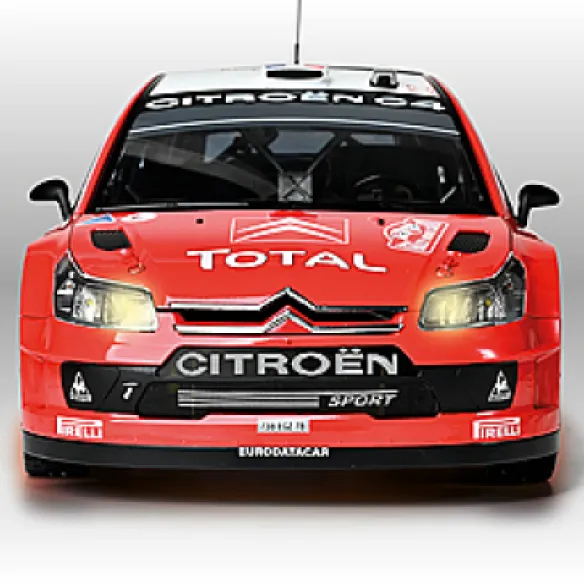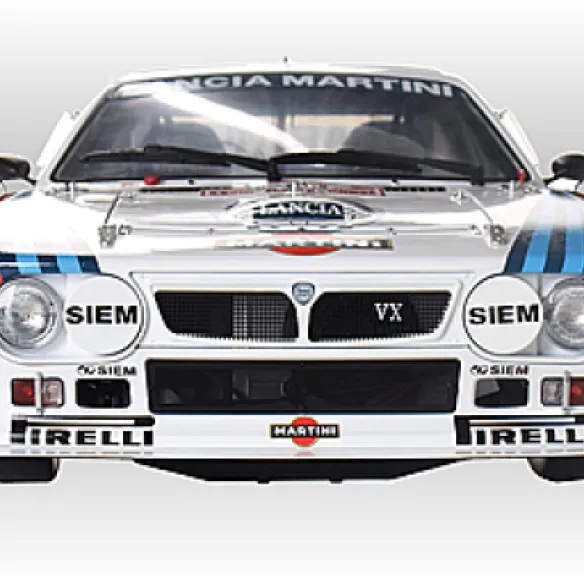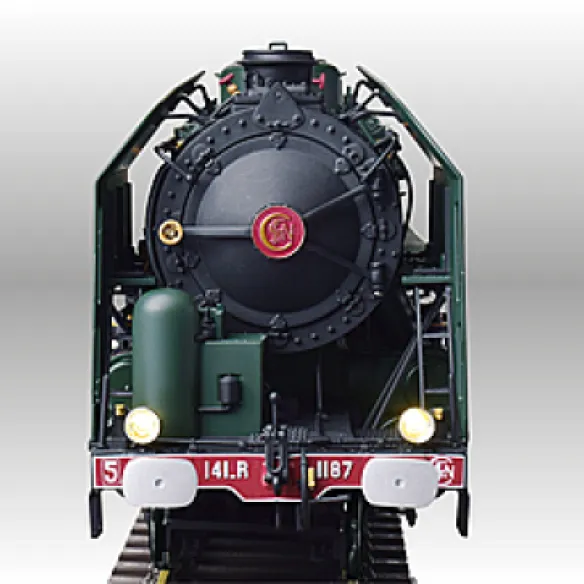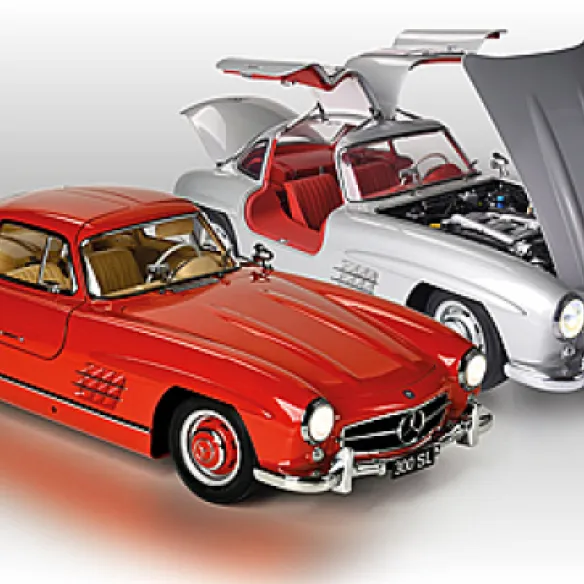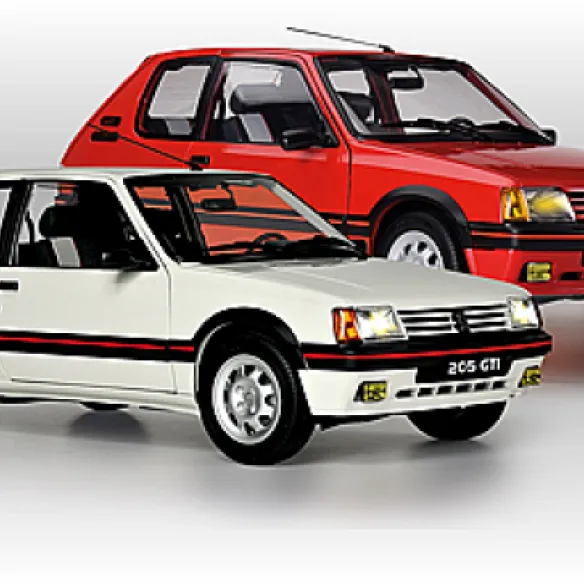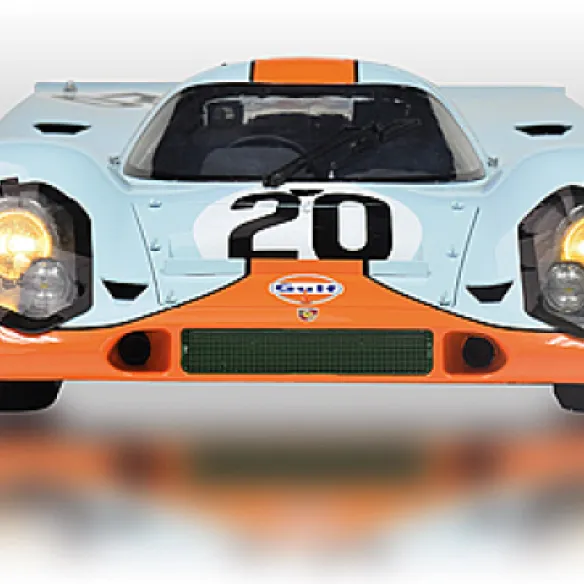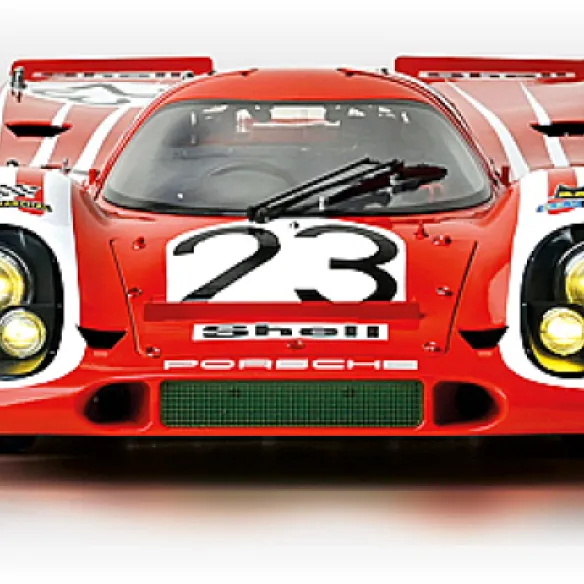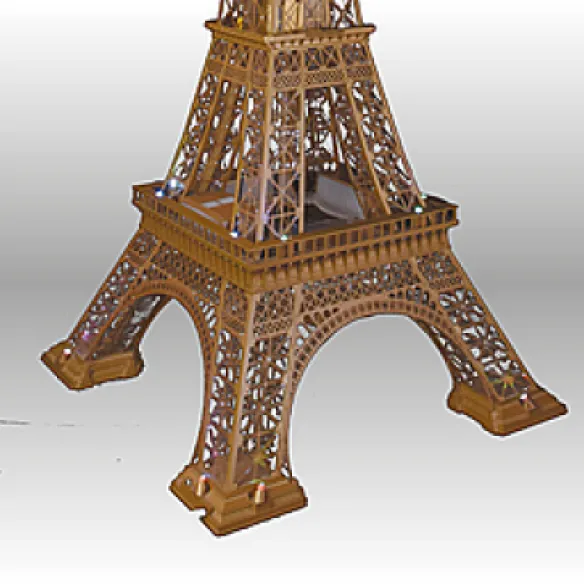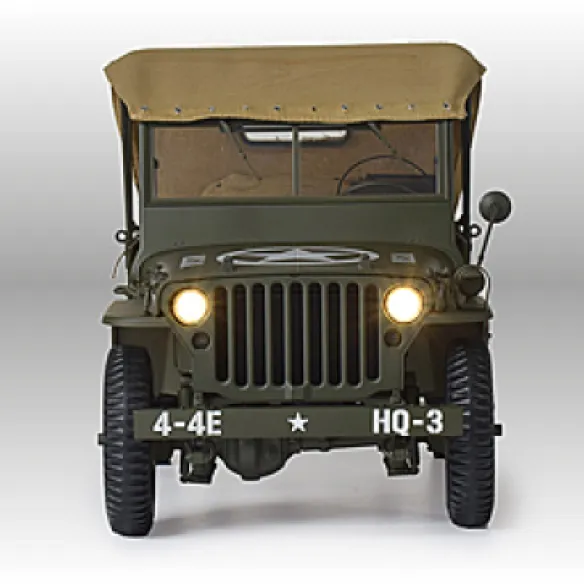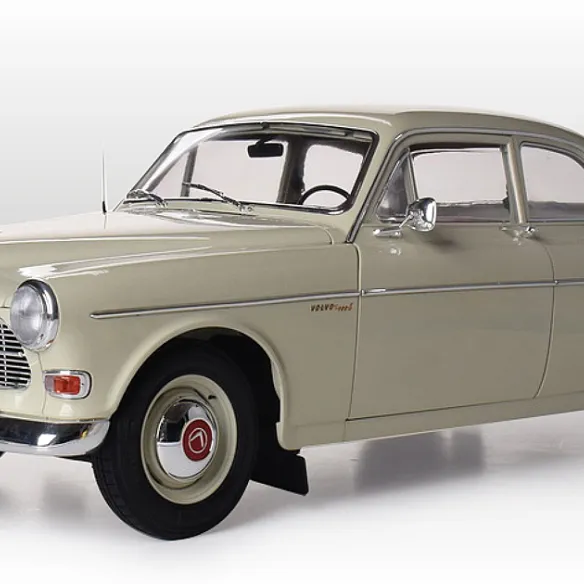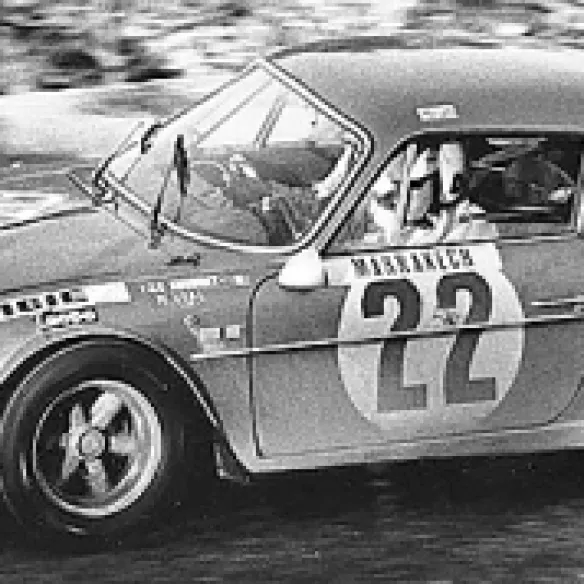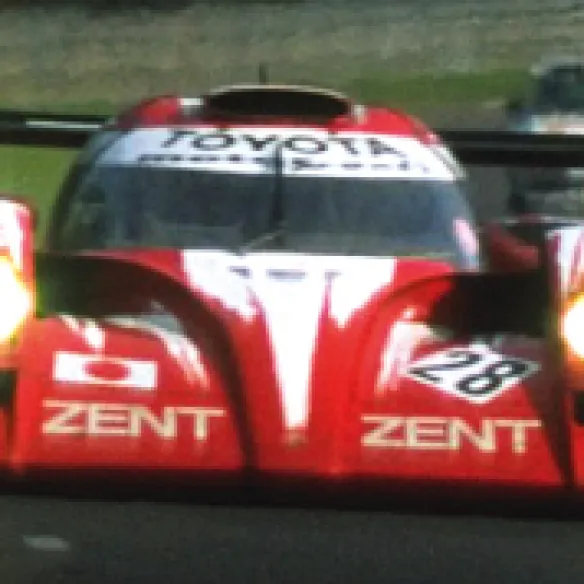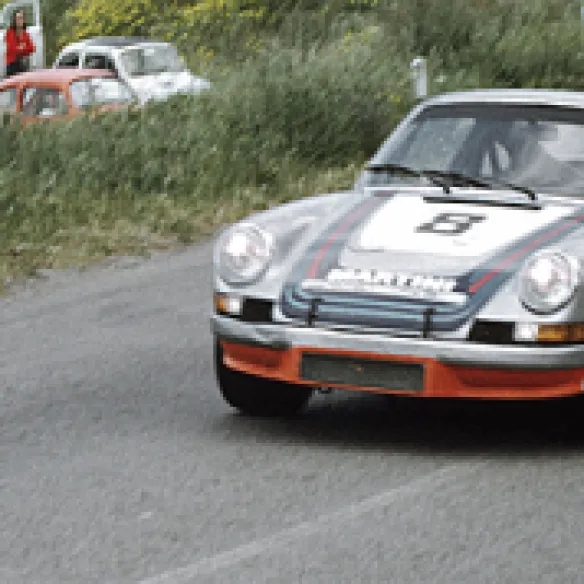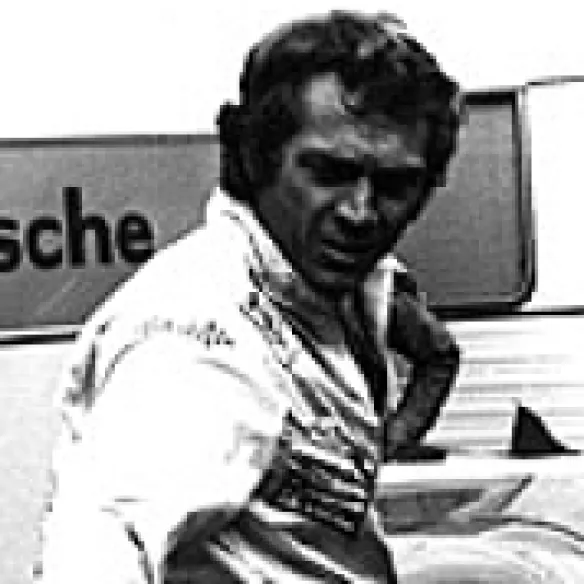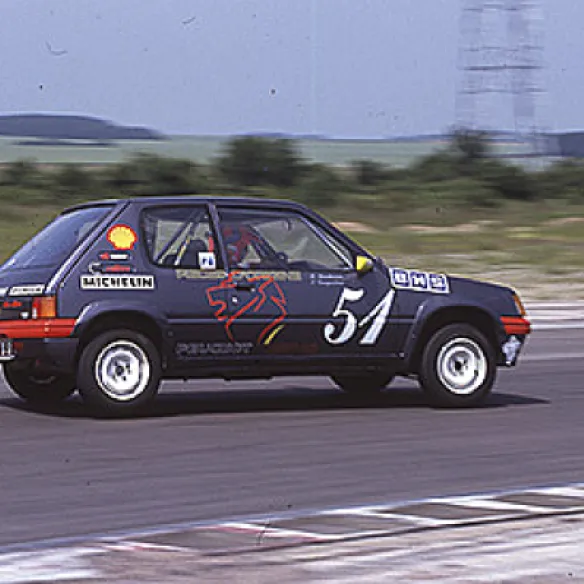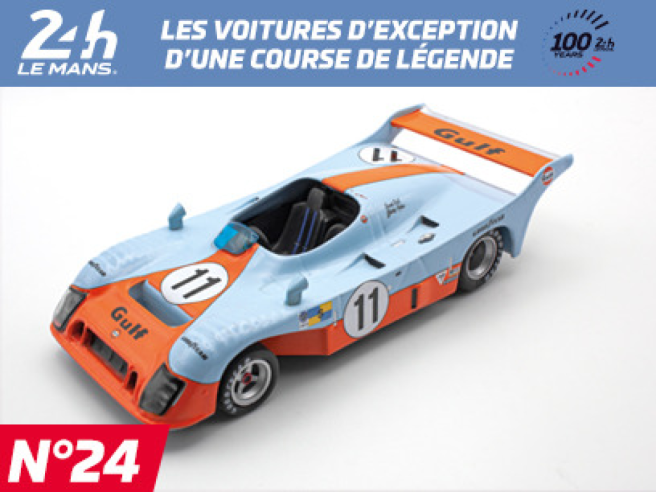
12/05/2023
Gulf Mirage GR8 - 1975
Le Mans Gulf Mirage GR8 myths
Author : Cette collection est une adaptation de 24H Le Mans ® Le auto delle corsa più leggendaria al mondo Éditeur : Centauria Editore s.r.l.
Read moreThe GR8 was the last attempt by the John Wyer team to win Le Mans with an ‘in-house’ car and the support of its sponsor Gulf. Aerodynamically derived from the GR7 and powered by a Ford engine, the car finished first and third in the 24 Hours of Le Mans in 1975, despite a few problems at the end of the race.
With the Porsche 917 out of the limelight as a result of the 3-litre limit on the engine capacity of Group 5 prototypes, John Wyer's team was left with no car capable of competing for victory at Le Mans. He then resumed his activity as a manufacturer, which he had started in 1967 with the Mirage brand, created to produce sports cars with Ford-based chassis and mechanics, but suspended in 1969 at the start of the collaboration with Porsche. With the Mirage M6, production resumed with the Prototype category (Group 6), retaining the Ford Cosworth 3-litre V8 DFV engine and benefiting from a new architecture designed by engineer Len Bailey. The car offered a coupé version (experimented with a Weslake V12 engine) that achieved some good results, including victory in the Spa 1000 km race in 1973.

1. Technically, the GR8 differed from the GR7 mainly in that its wheelbase had been lengthened by 12 cm to over 2.50 metres.
2. One of the features of the GR8 inherited from the previous model was the use of titanium to reduce structural weight. The team based its decision on the weight of the 1972 24 Hours winning Matra-Simca MS670.
© IXO Collections SAS - Tous droits réservés.
In 1974, the M6 was replaced by the GR7, renamed in honour of sponsor Gulf Racing. A modified M6 was used in order to reduce weight and aerodynamics. Despite maximising their potential, the three official cars that were reconstructed from M6 models and the three built for private customers achieved only modest results. 1975 brought further success. Gulf, which sponsored Wyer, was thinking of giving up competition, but Wyer managed to persuade those in charge to support him for a final season by financing a new evolution of the car entrusted to engineers John Horsman and Bailey.
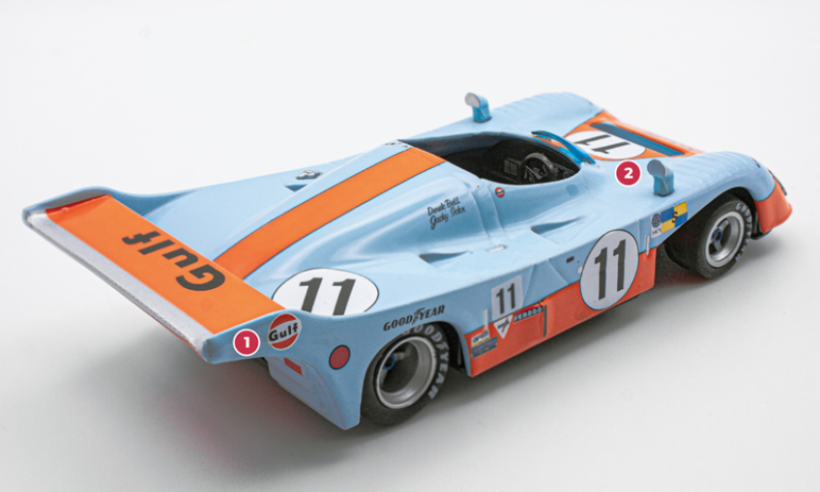
1 The bodywork, designed by John Horsman with input from owner John Wyer and engineer Len Bailey, is sleek and compact. The rear wing supports continued the line of the flanks.
2 The year 1972 was the last for the blue and orange livery of Mirage sponsor Gulf. In previous years, the connection was so close that the names of the cars, GR7 and GR8, were derived from the initials of the Gulf Research Racing Company.
© IXO Collections SAS - Tous droits réservés.
Modifications were limited to a longer wheelbase and a new, more fluid body, characteristics that were dictated in particular by the Le Mans 24 Hours. The two cars were powered by the familiar Ford Cosworth engine in a basic version producing less than 400bhp, with the emphasis on reliability. During qualifying, the cars in the blue/orange livery, with numbers 10 and 11, respectively driven by Vern Schuppan and Jean-Pierre Jaussaud and Derek Bell and Jacky Ickx, dominated the front row before the situation became complicated. Schuppan and Jaussaud took the lead from the start, but were forced to retire after a few hours of racing due to problems with their alternator.
First position passed to their team-mates, who had to defend themselves against the attacks of the Ligiers. Towards the end of the race, the car of Bell and Ickx suffered a breakdown (a burst pipe) which had to be repaired. The work was completed just in time to counter a recovery by the Ligier JS2 of Jean-Louis Lafosse and Guy Chasseuil, which came second by one lap. Schuppan and Jaussaud managed to hold on to their third place, ahead of eight Porsches and two Ferraris. At the end of the season, Gulf withdrew from competition and the cars, renamed ‘Mirage GR8’, were sold to the American Grand Touring Car team, which entered them at Le Mans for two consecutive years, finishing twice in second place.
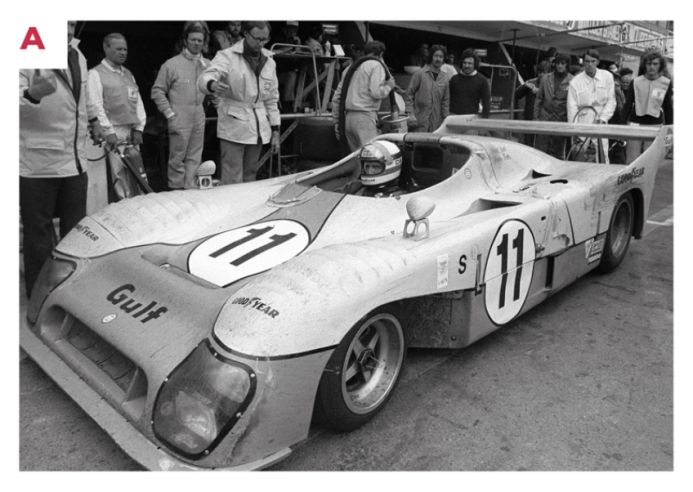
A. Derek Bell's pit stop during the 1975 Le Mans 24 Hours. In the second half of the race, the car required repairs that used up almost all the lead over the Ligier. However, these repairs were completed in time to secure victory.
© IXO Collections SAS - Tous droits réservés.
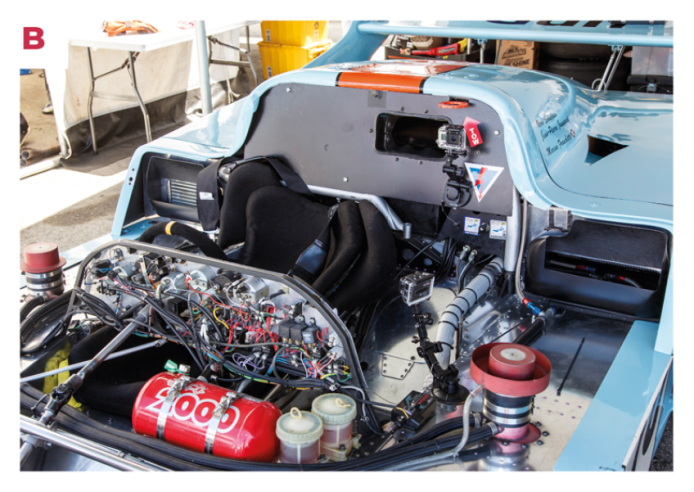
B. The stripped cockpit shows the solid reinforcement structure placed behind the driver and entirely fairing.
© IXO Collections SAS - Tous droits réservés.
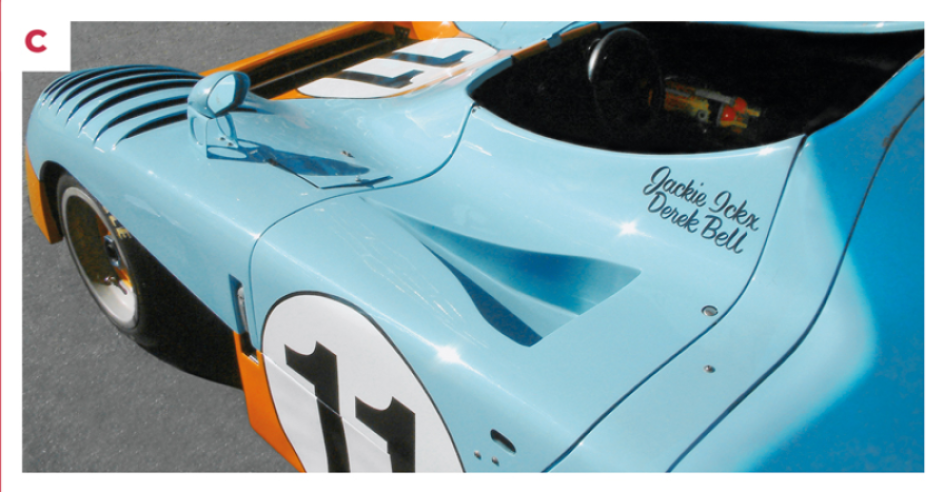
C. Details of the GR8's front end: the cut-out vents in the wings and the robust aerodynamic supports for the rear-view mirrors
© IXO Collections SAS - Tous droits réservés.
Recent articles
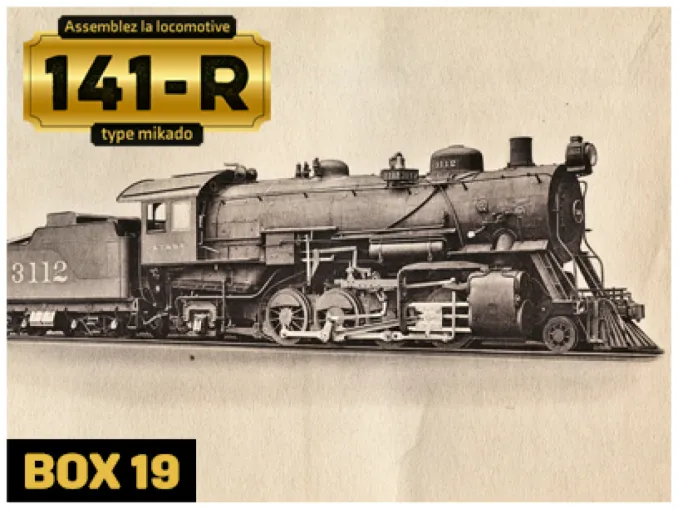
11/06/2025
THE 141-R: LOCOMOTIVE IN TWO “BATCHES”
On 5 October 1944, the first French mission went to the USA and received propositions from the American manufacturers, (...)
Read more
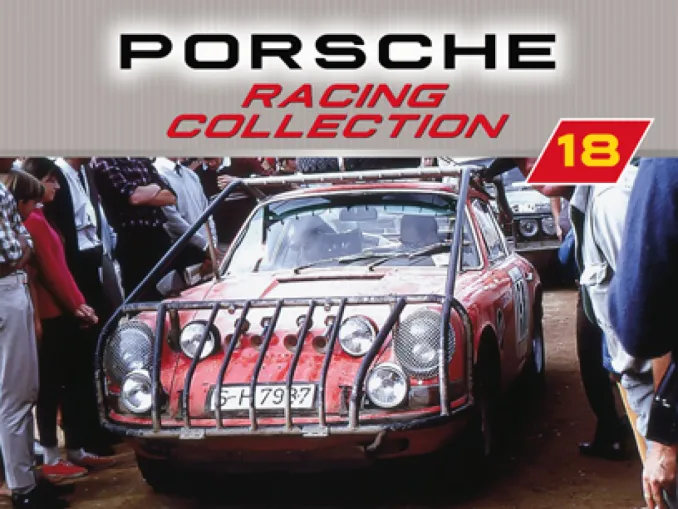
10/06/2025
Porsche 911 S - 1968
ASSIGNED TO ZASADA FROM POLAND, THE 911 COMPETING IN THE FIRST LONDON-SIDNEY RALLY PROMISES TO BE A FUTURE TRIUMPH
Read more

10/06/2025
PORSCHE 917/20 «THE PINK PIG»
THE ‘PINK PIG’ IS PERHAPS THE MOST AERODYNAMICALLY ADVANCED VERSION OF THE 917. AND YET IT COMPETED IN ONLY ONE RACE: LE MANS IN 1971.
Read more


 English
English français
français Deutsch
Deutsch español
español italiano
italiano português
português